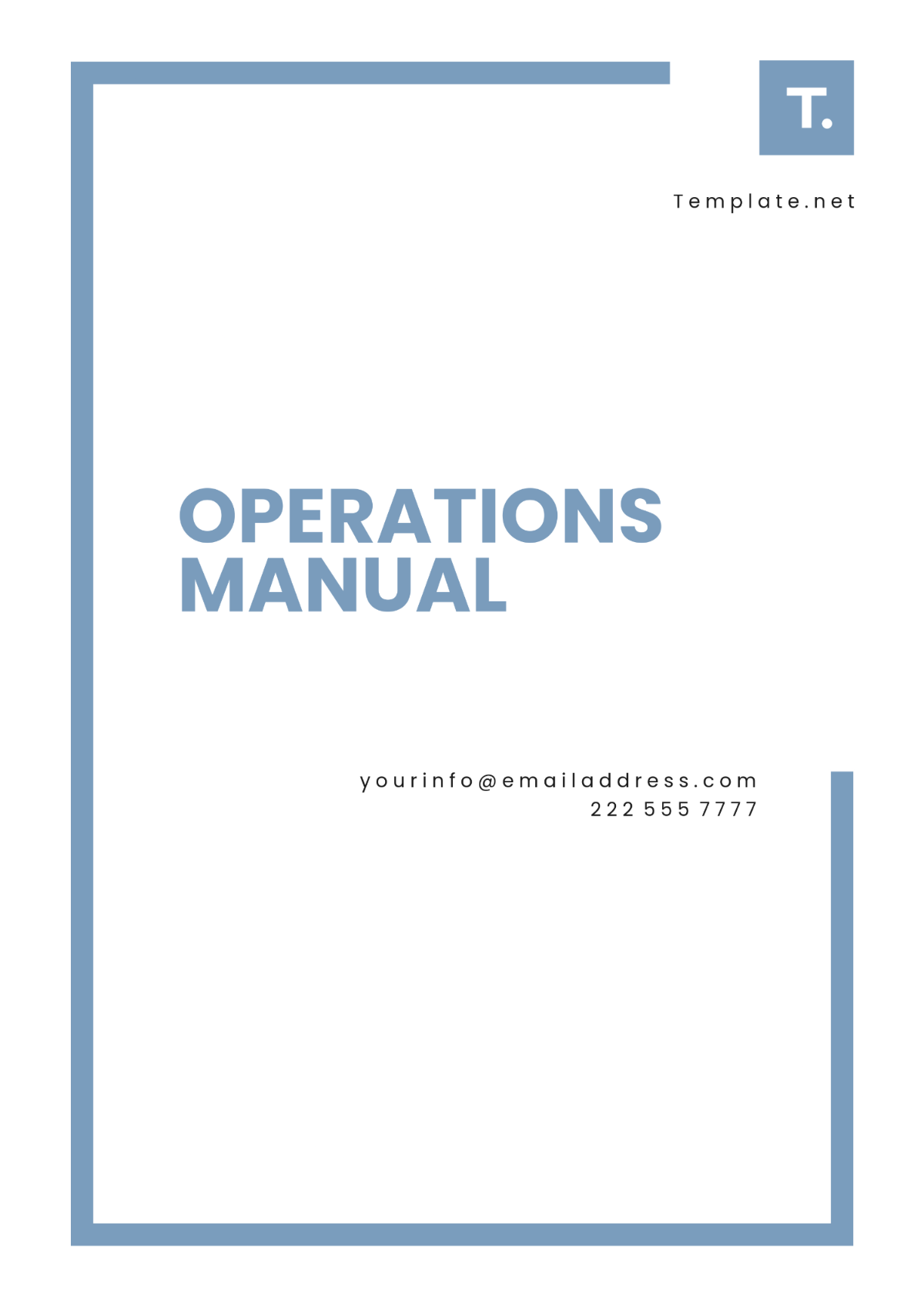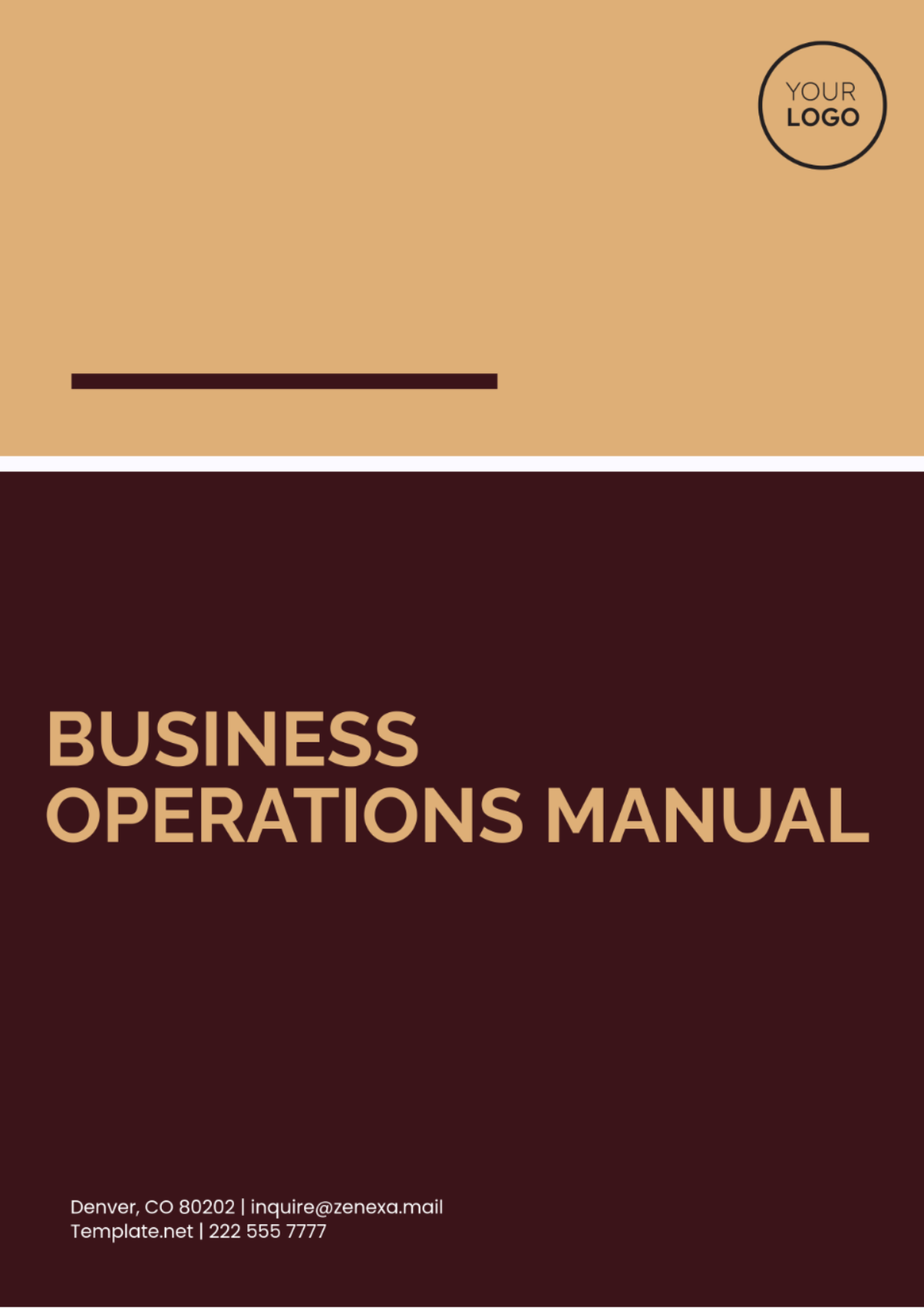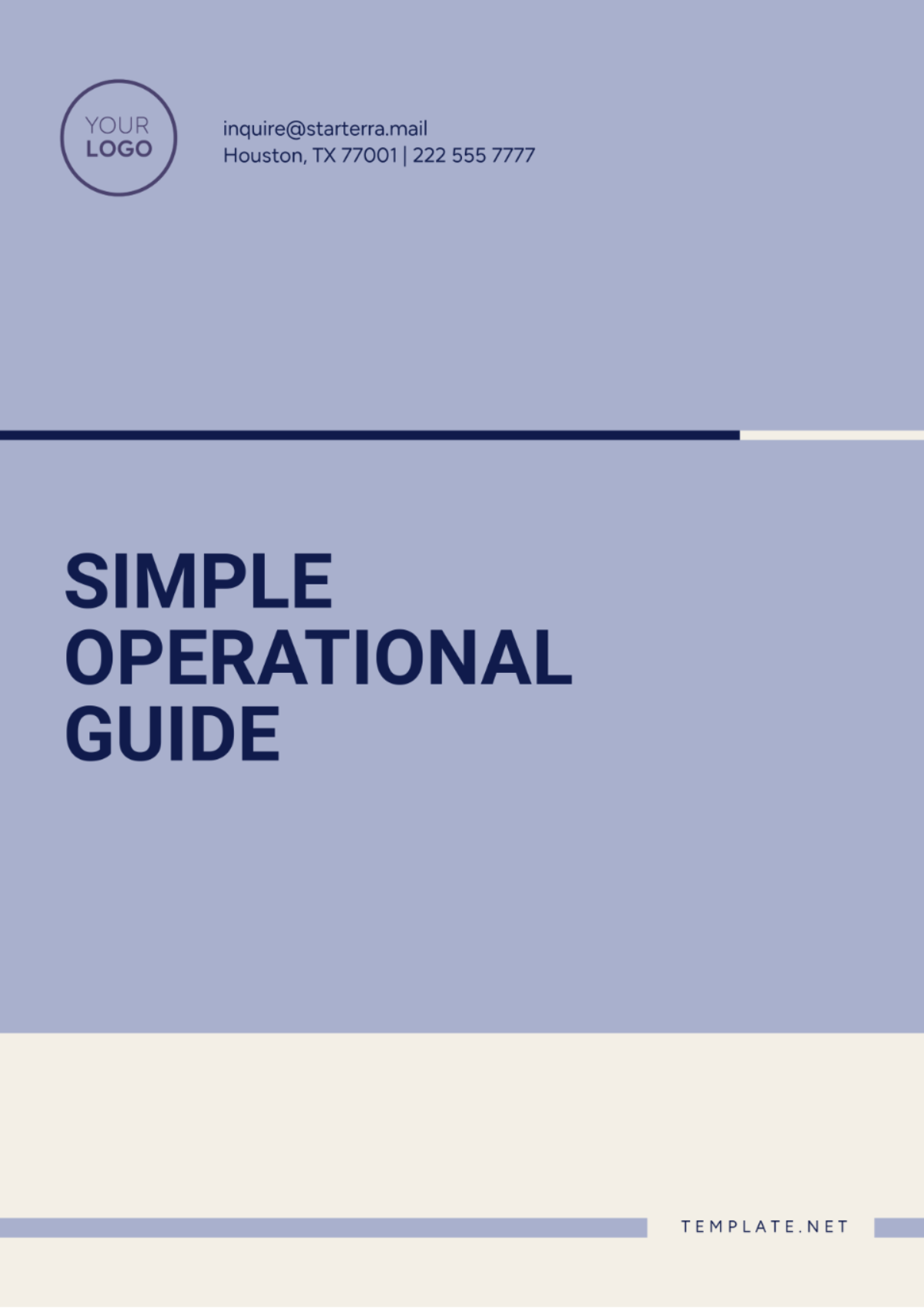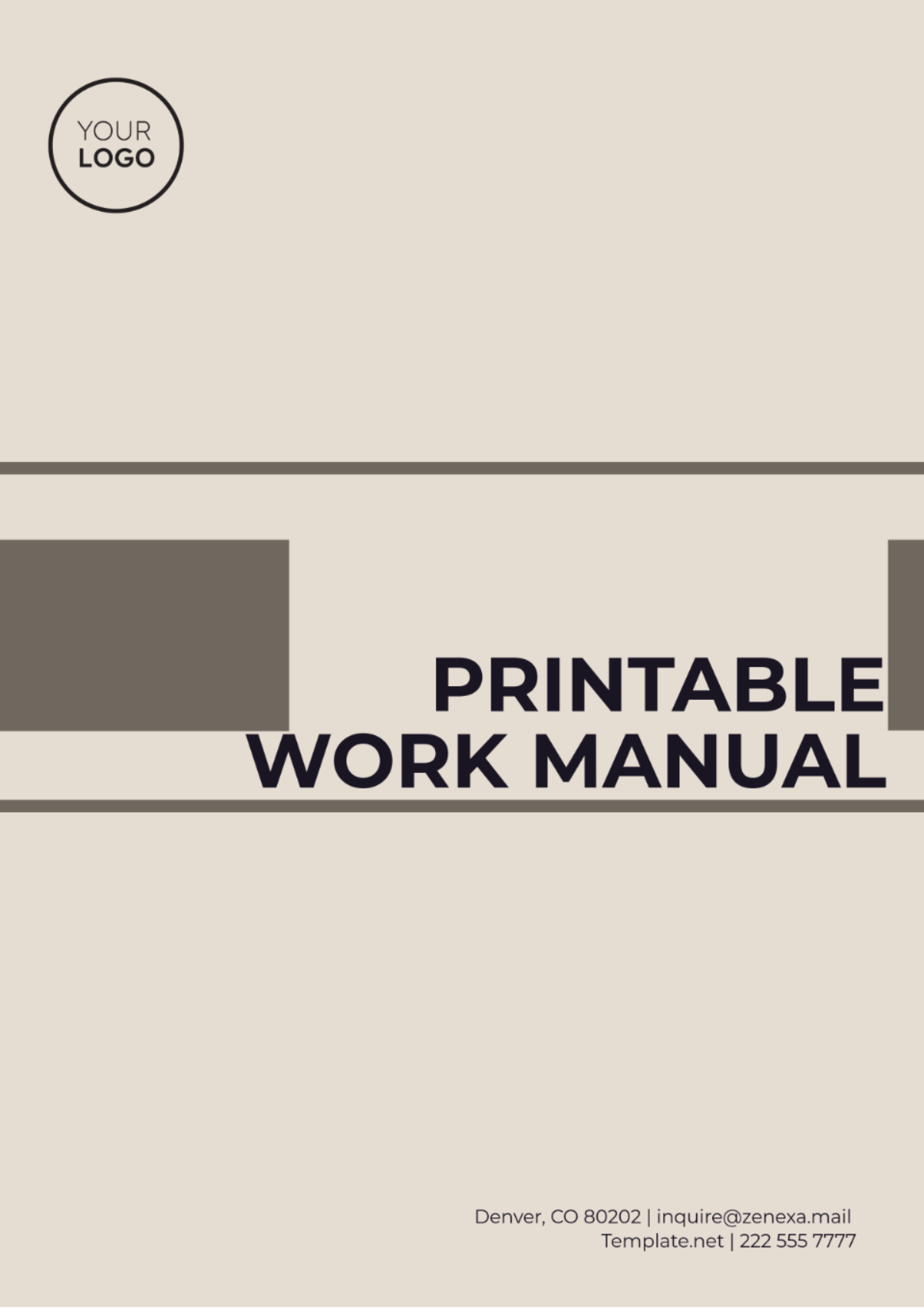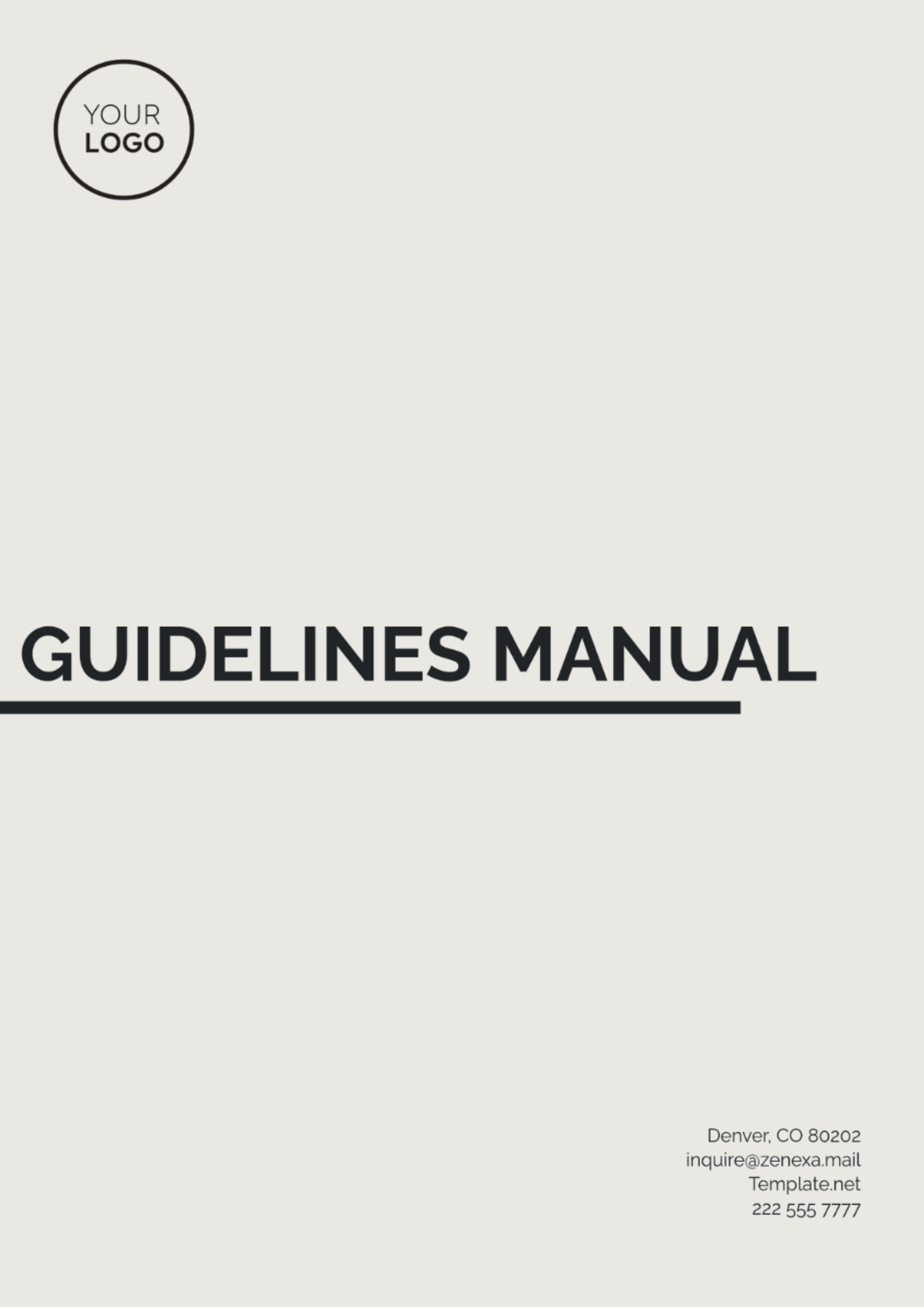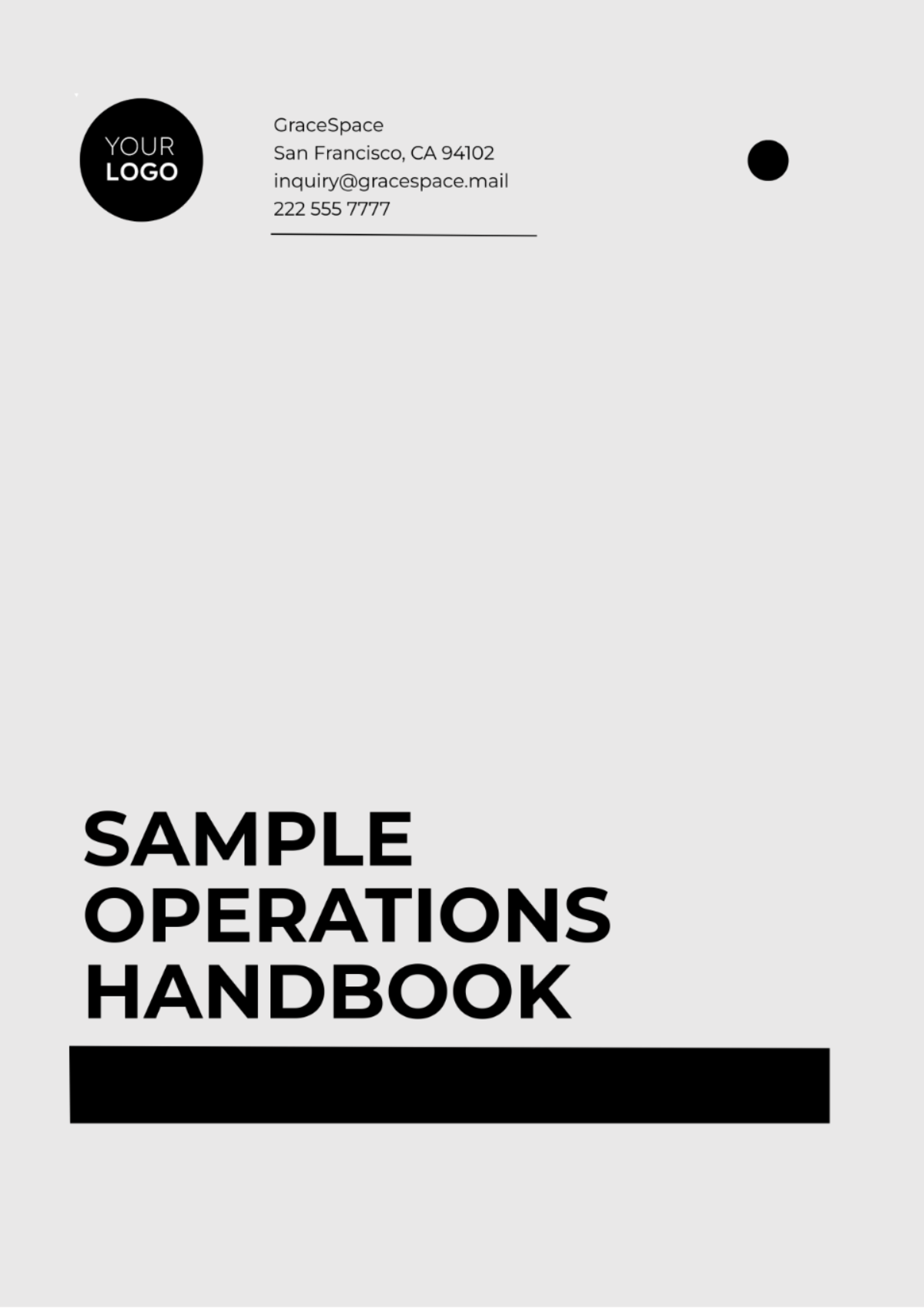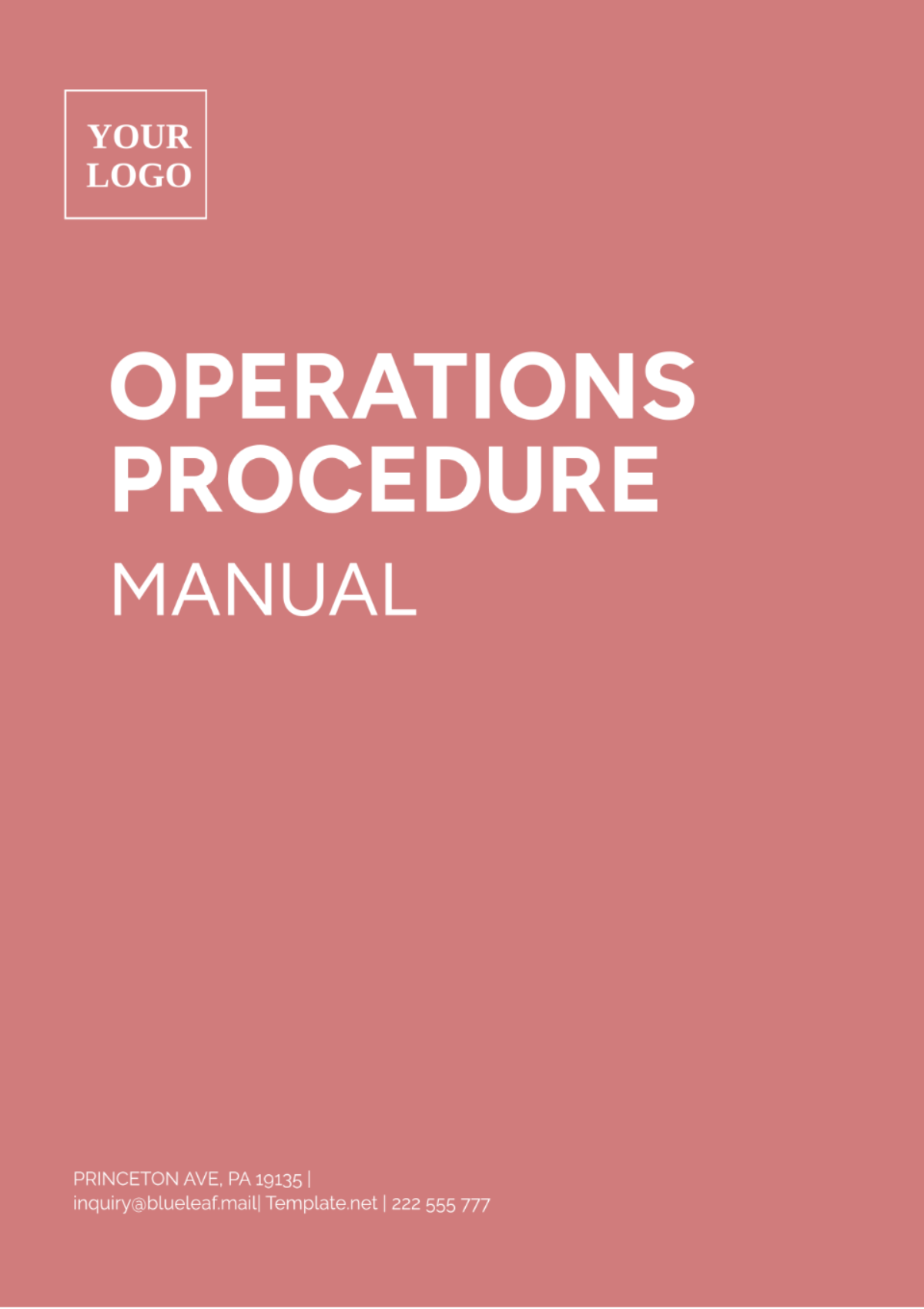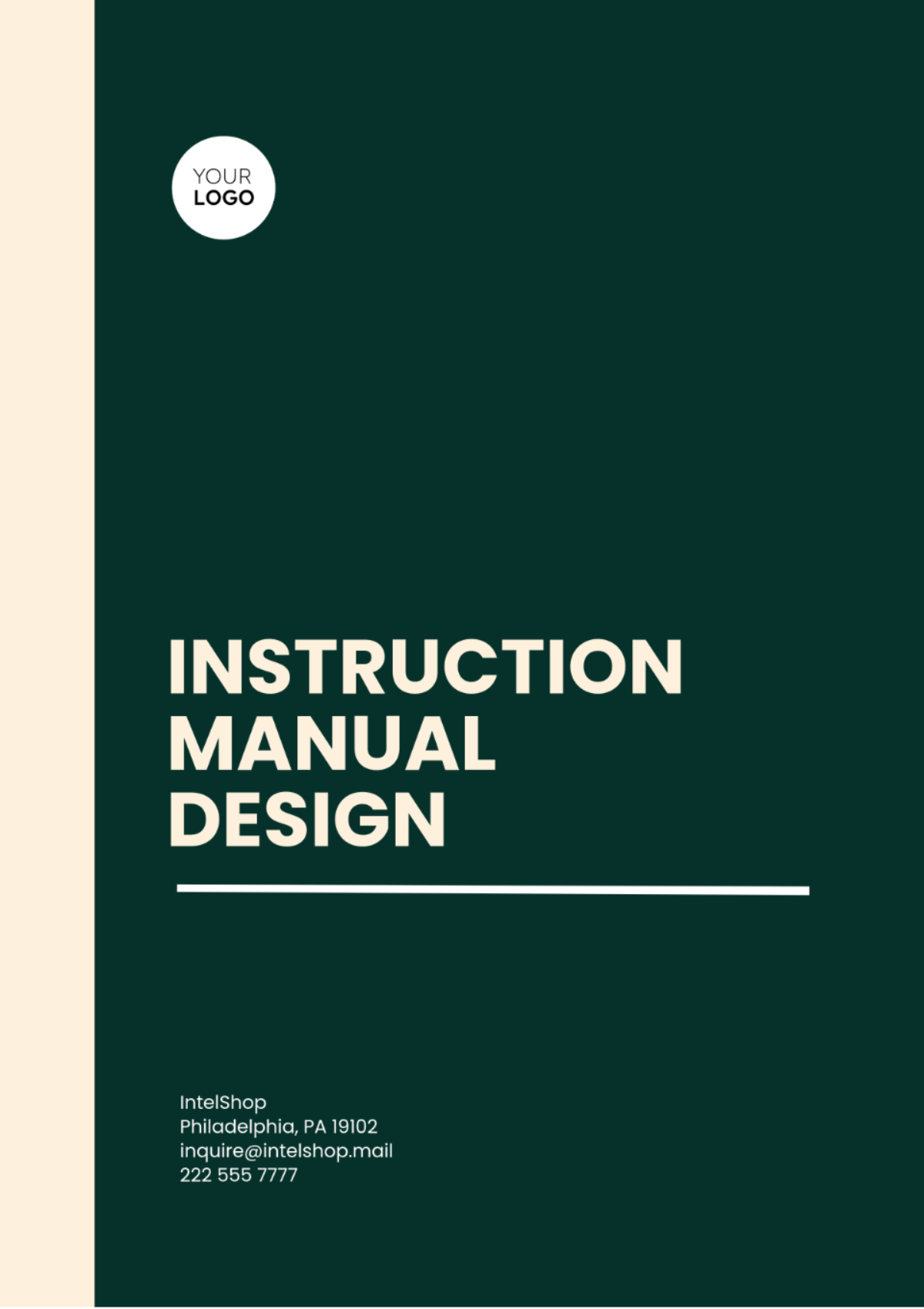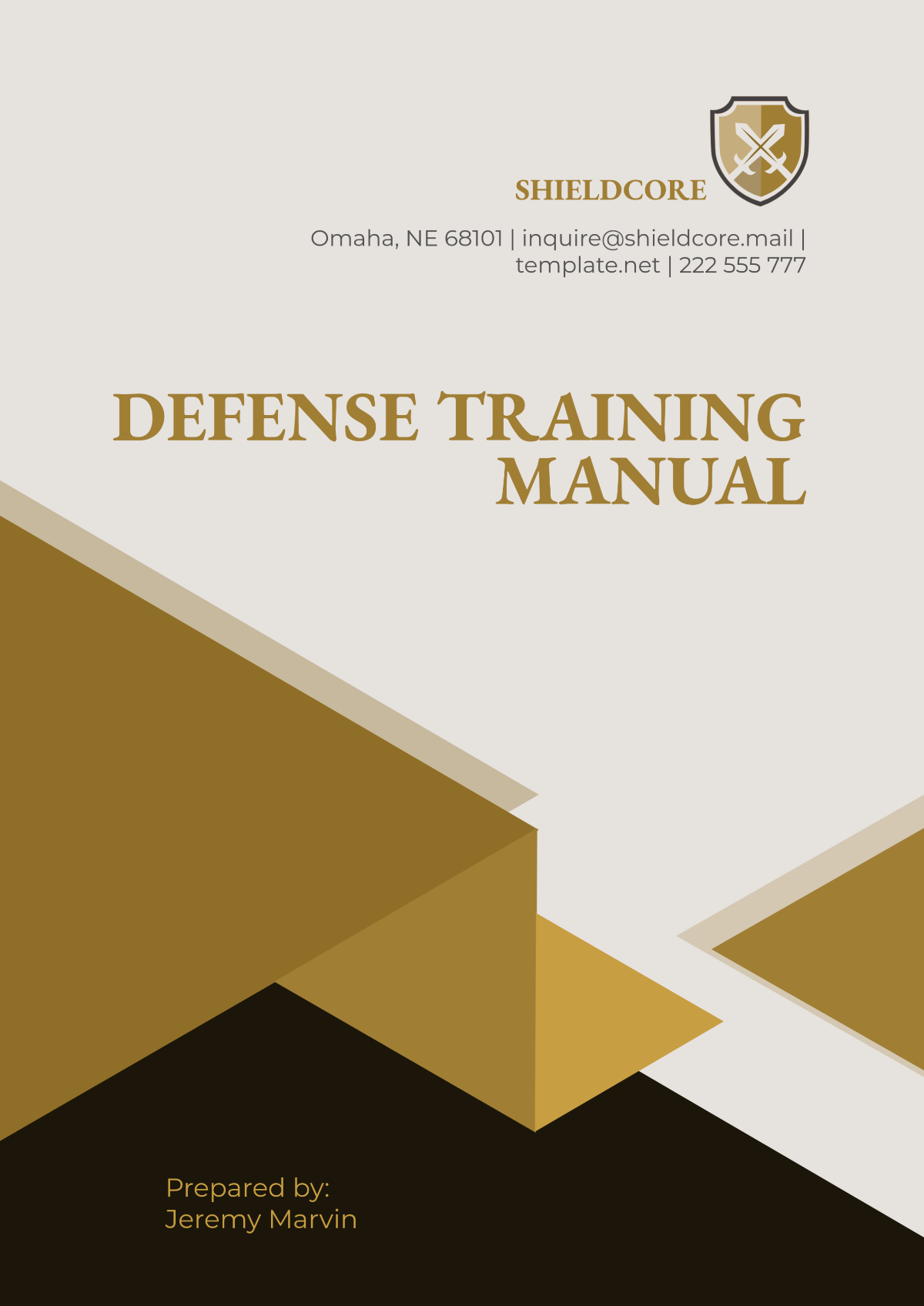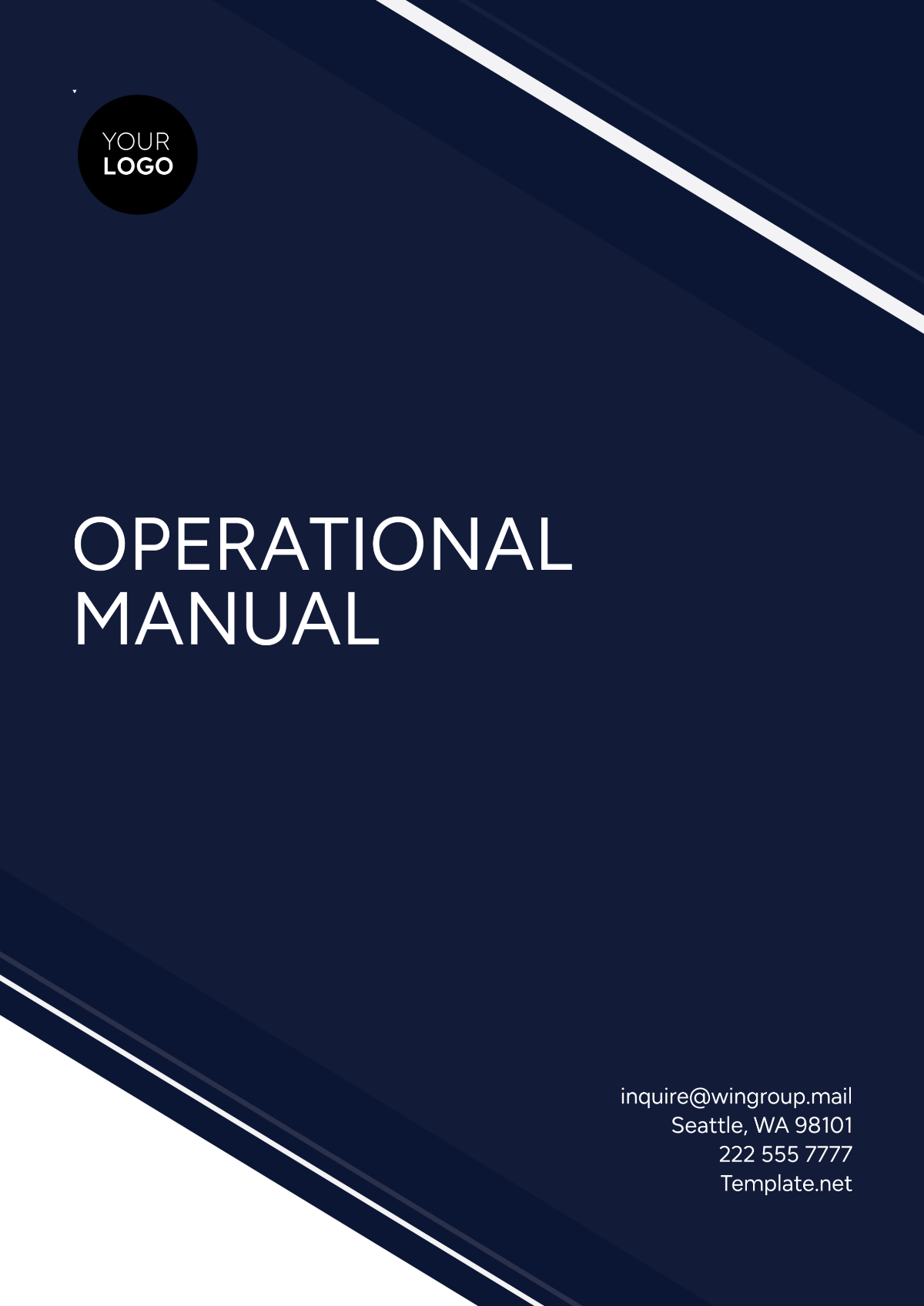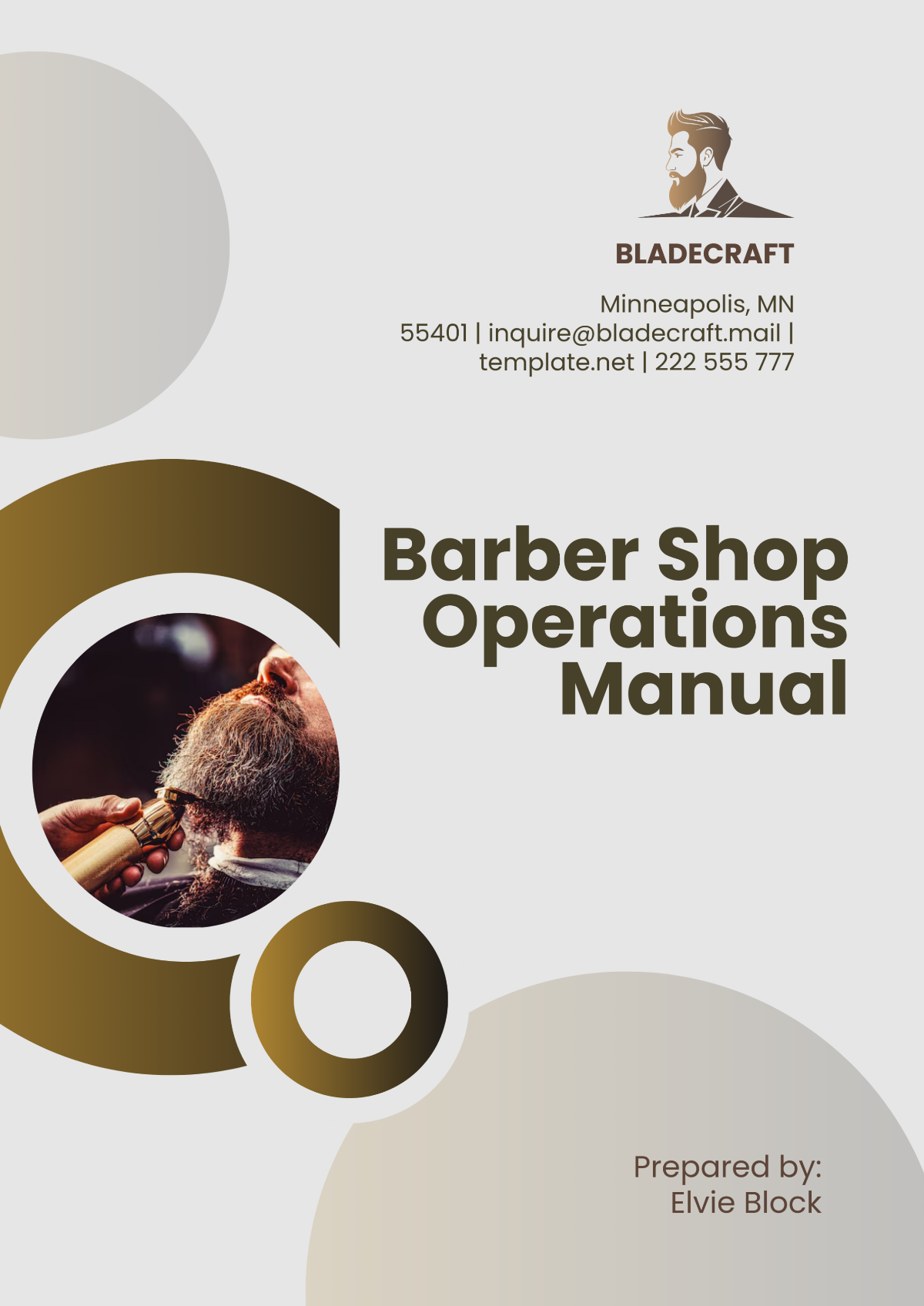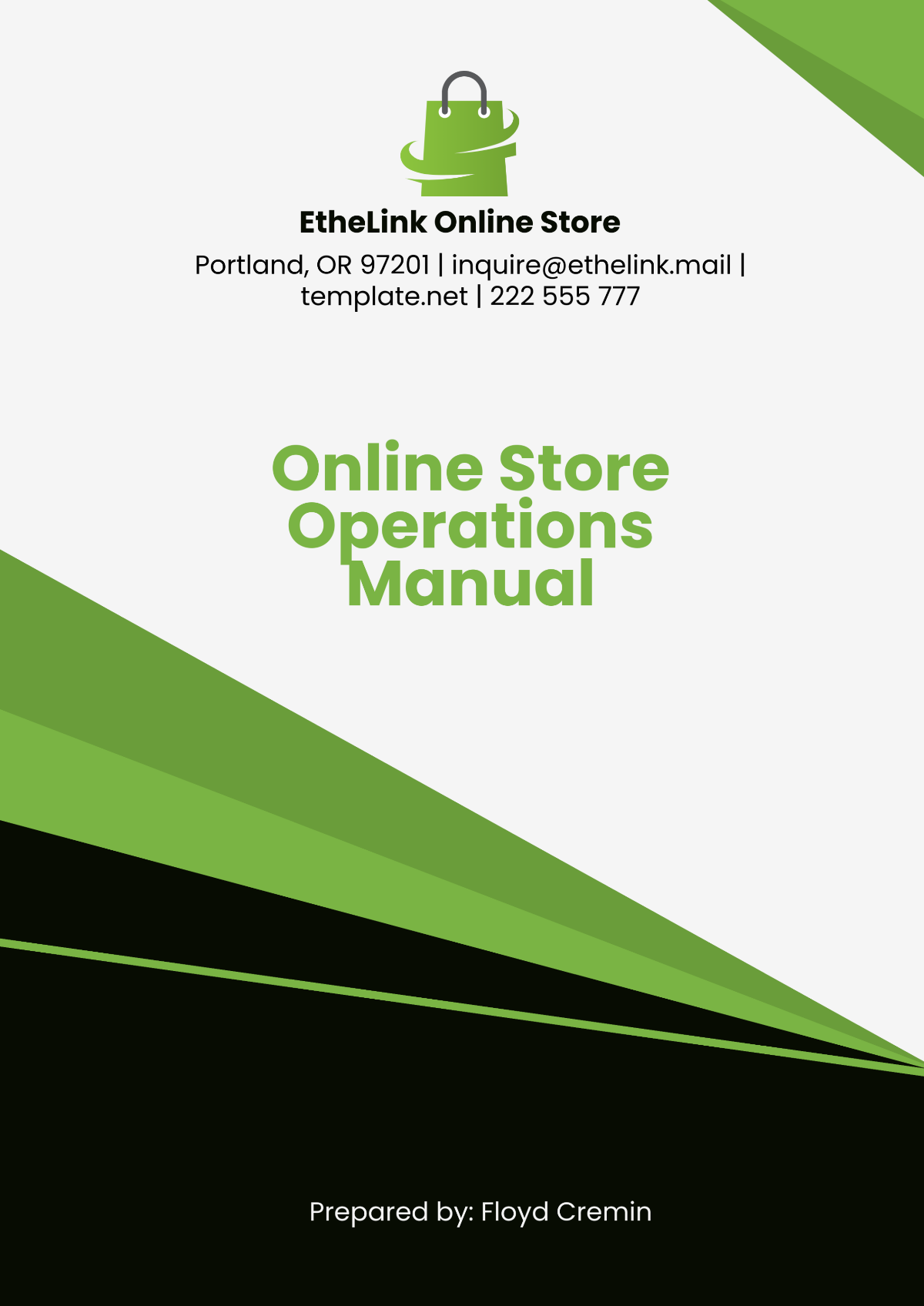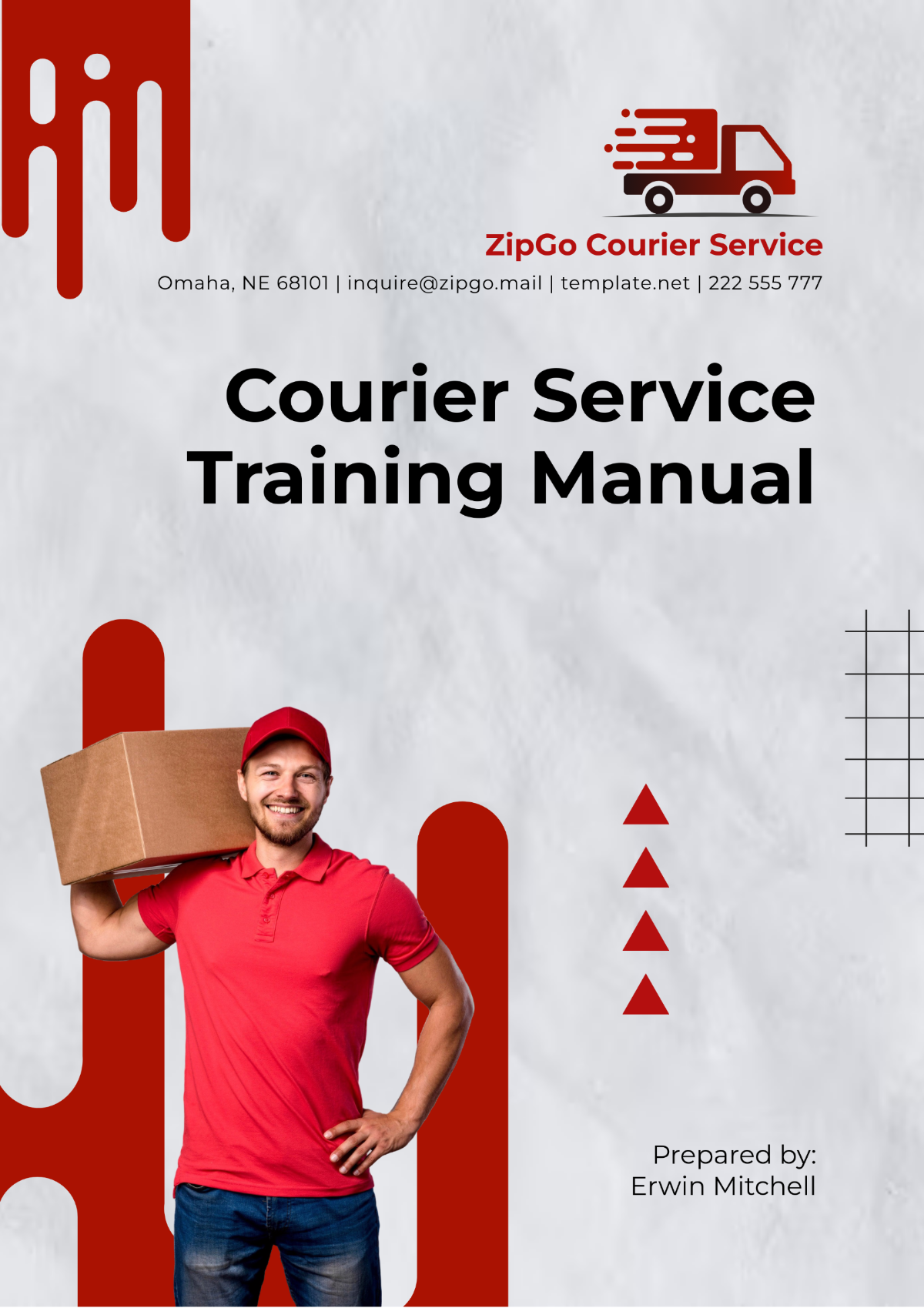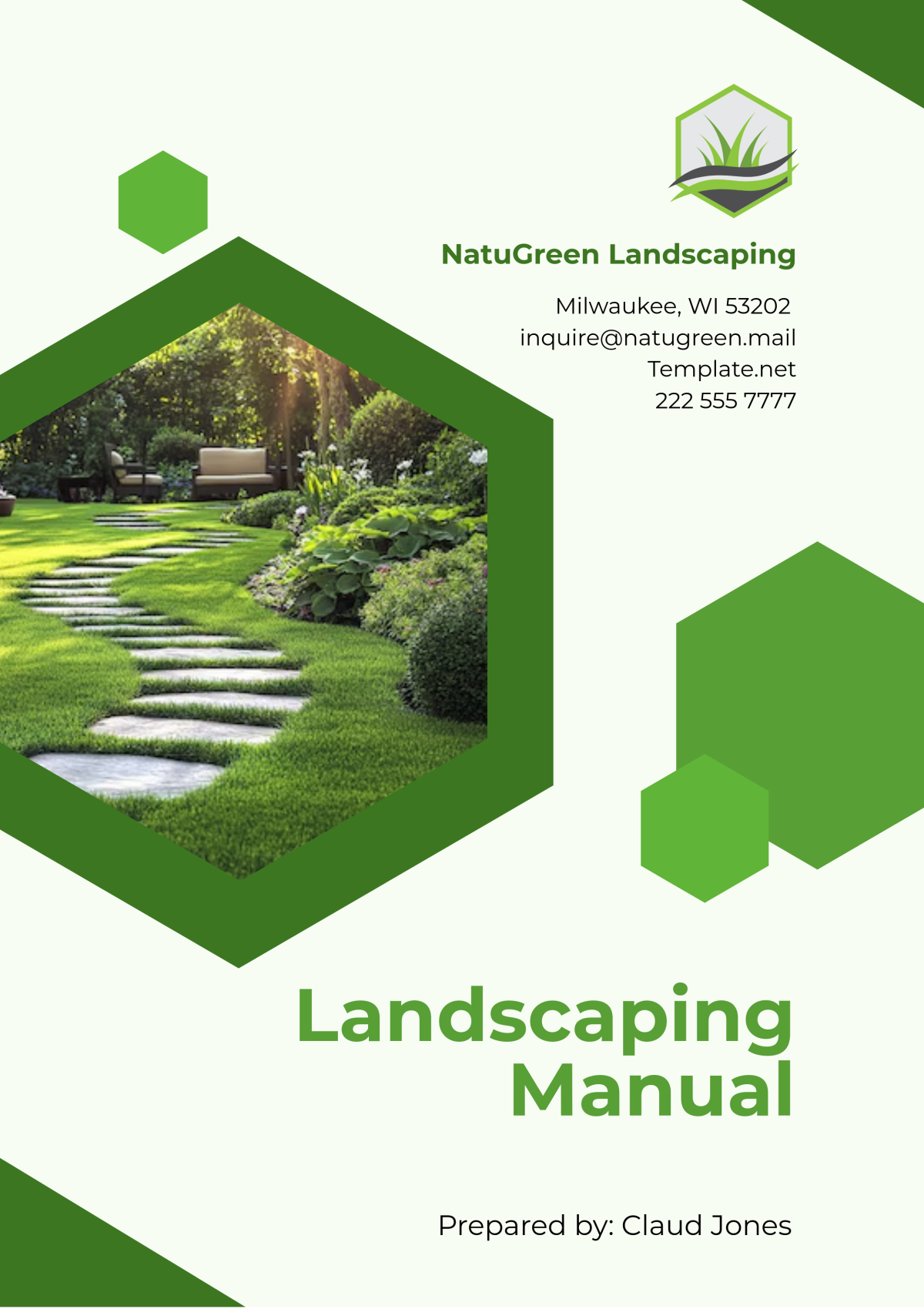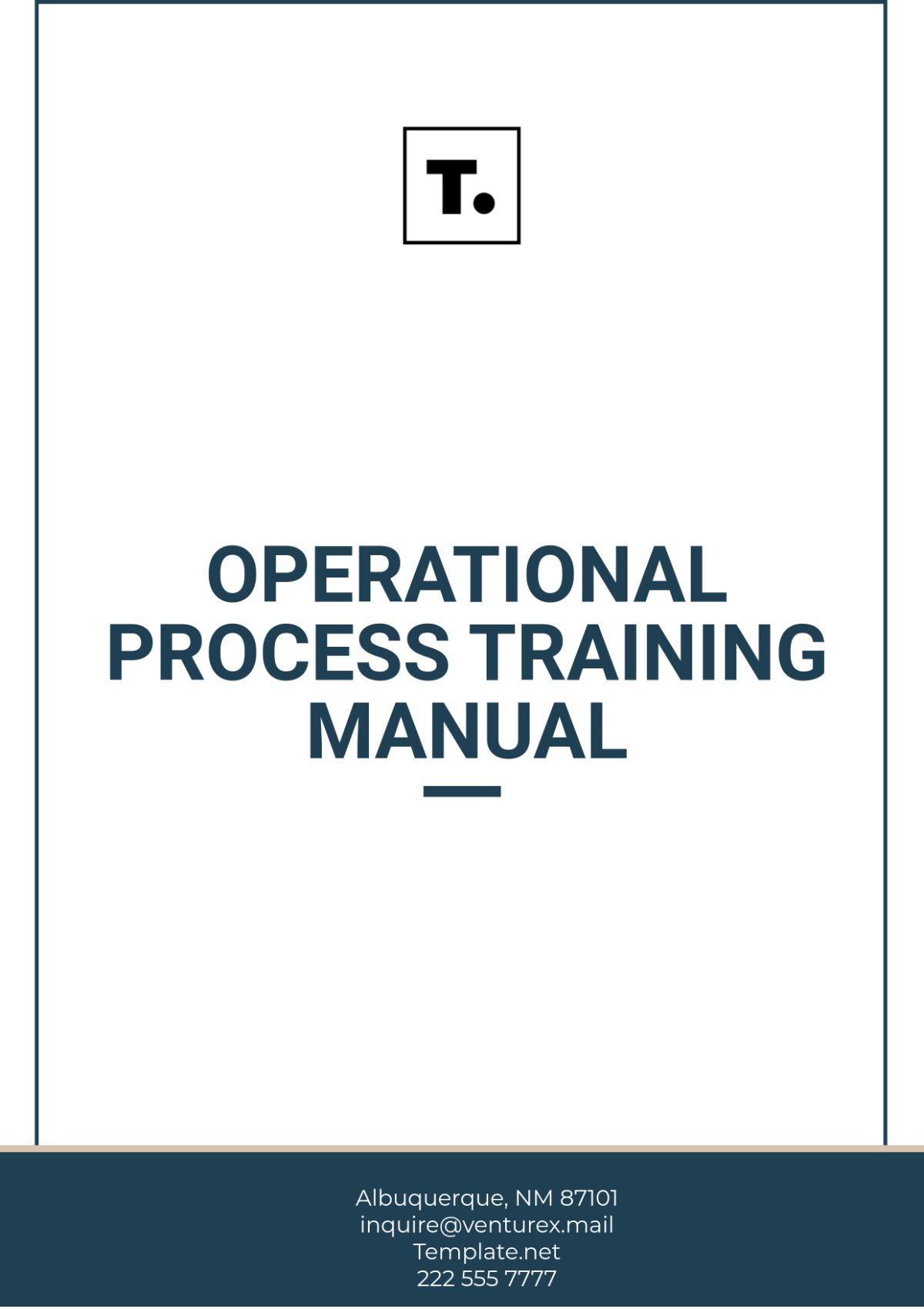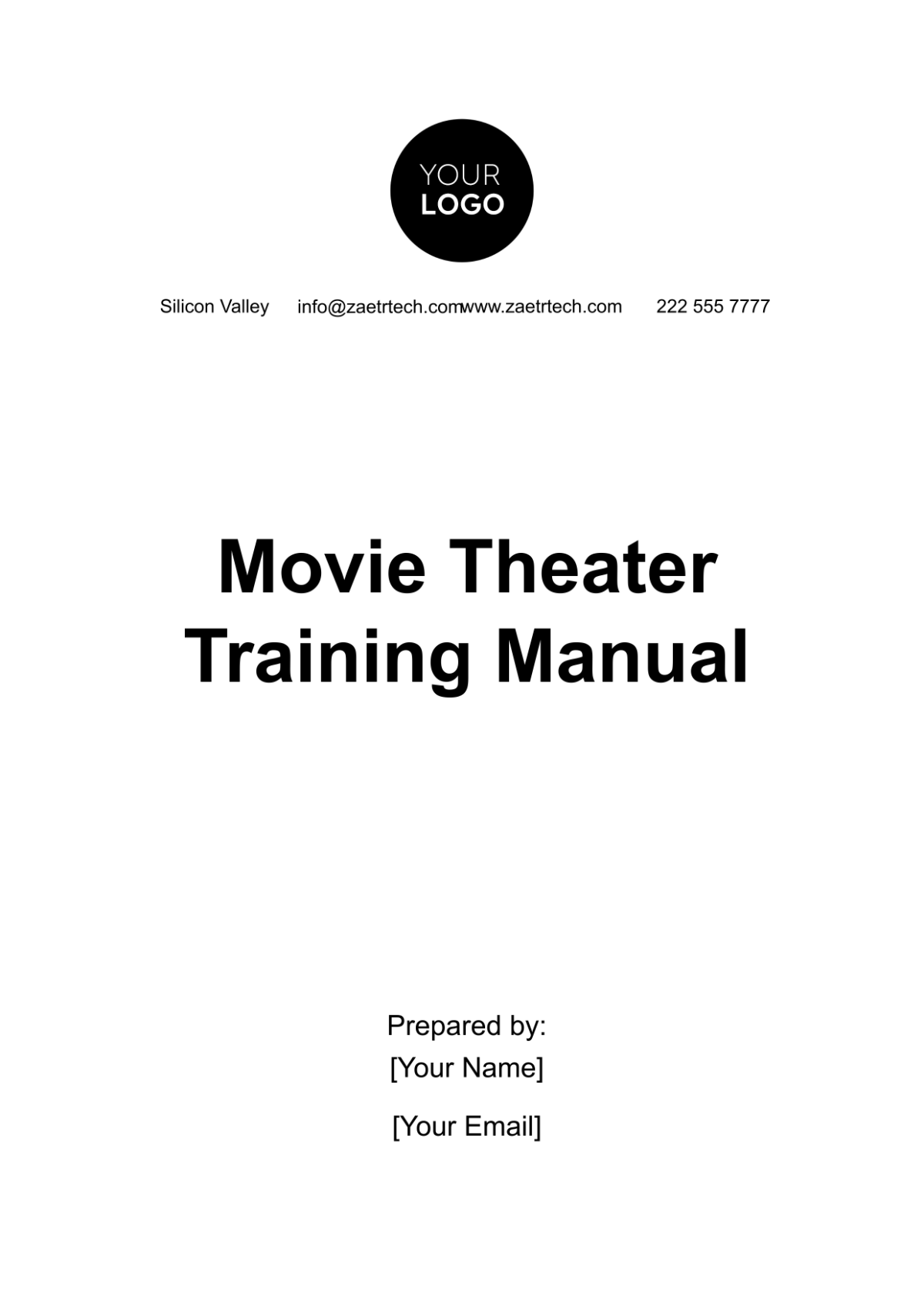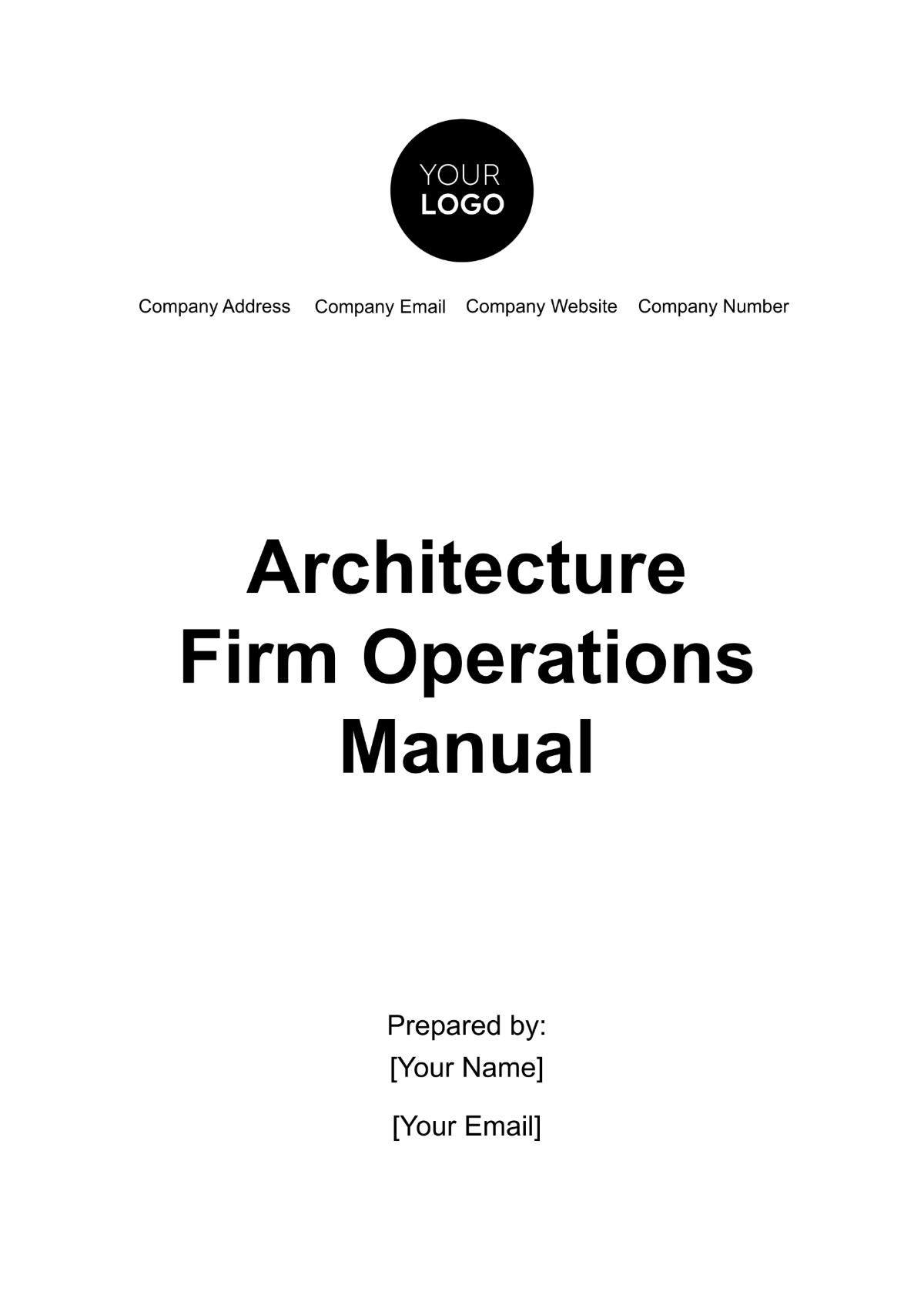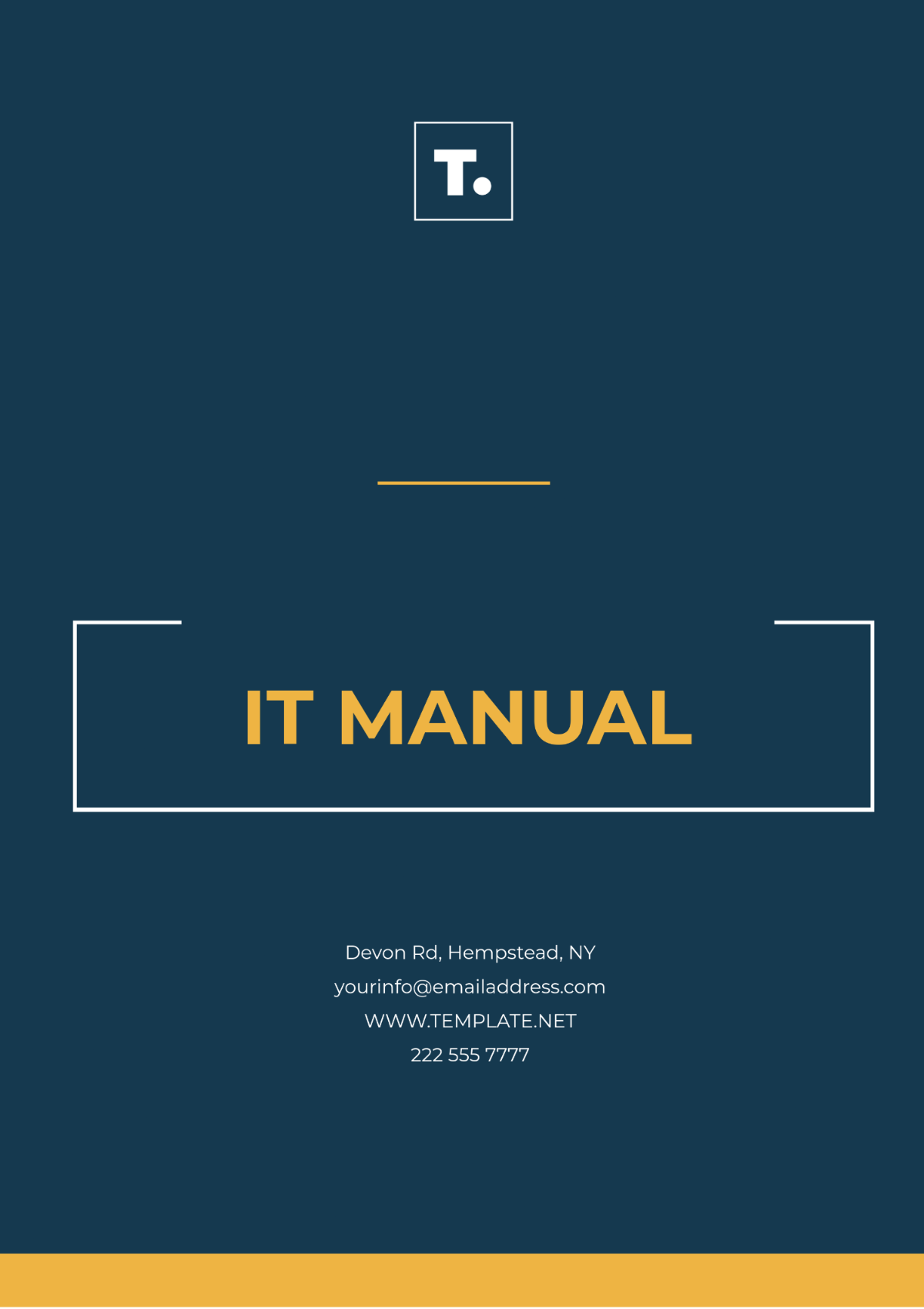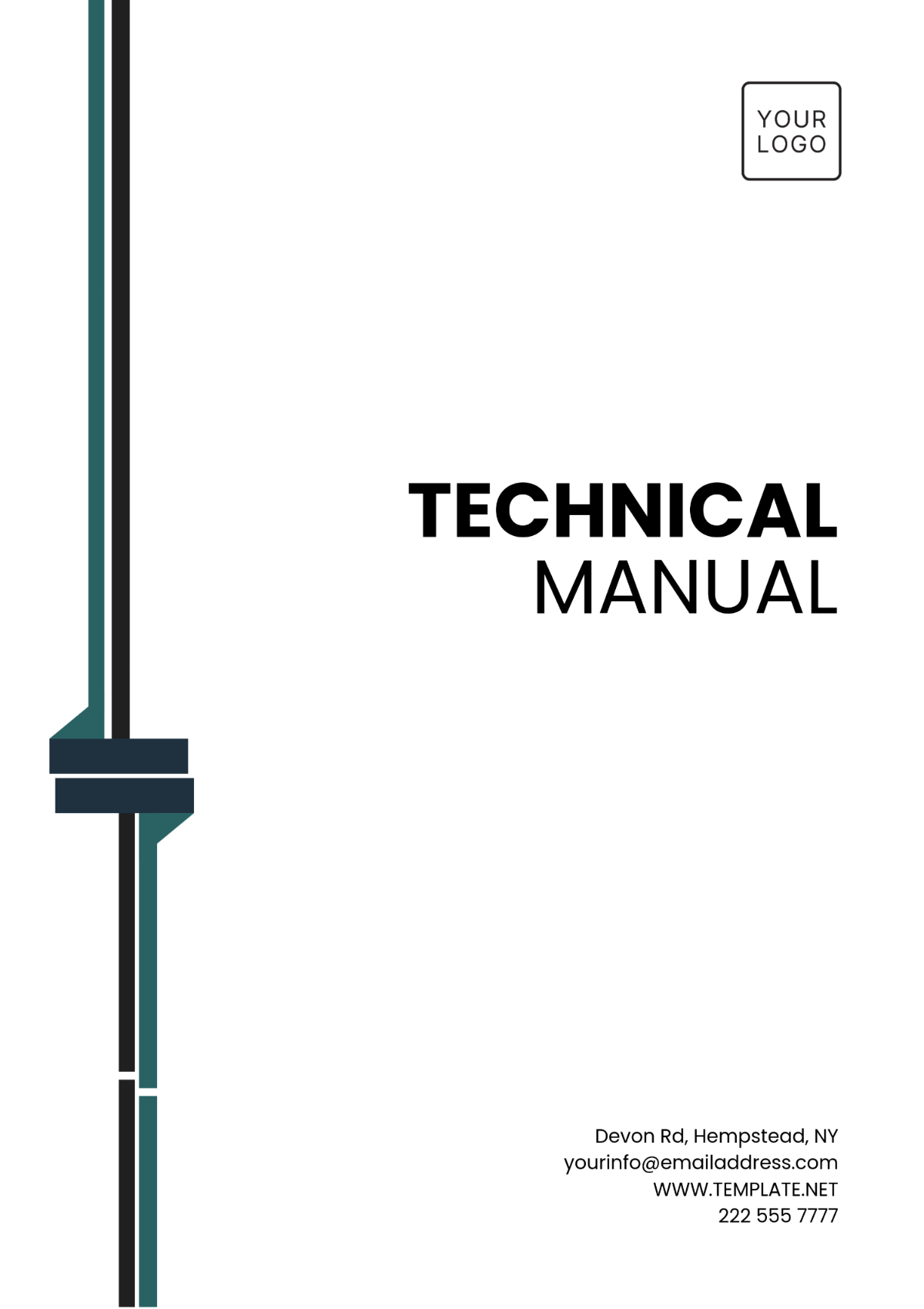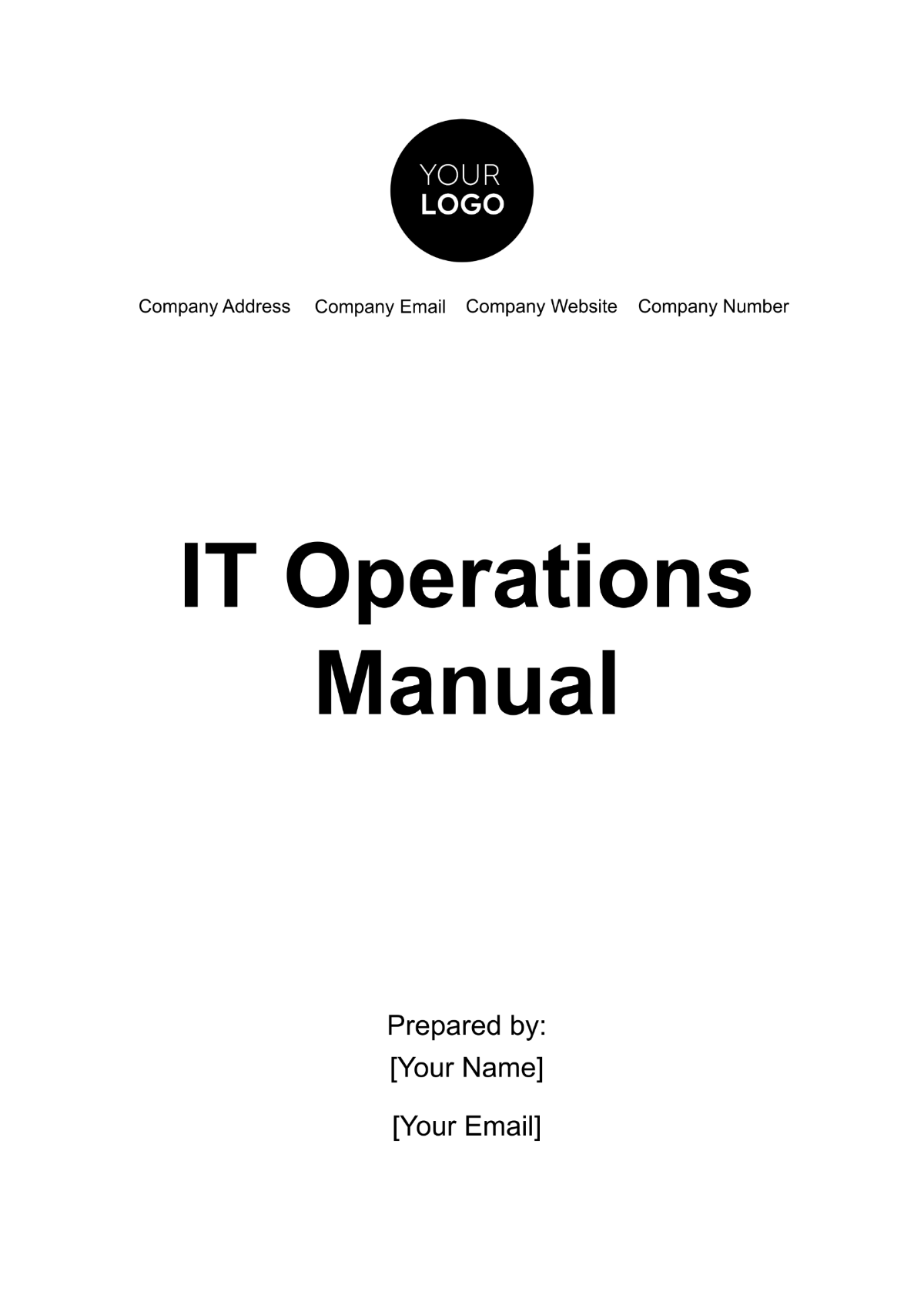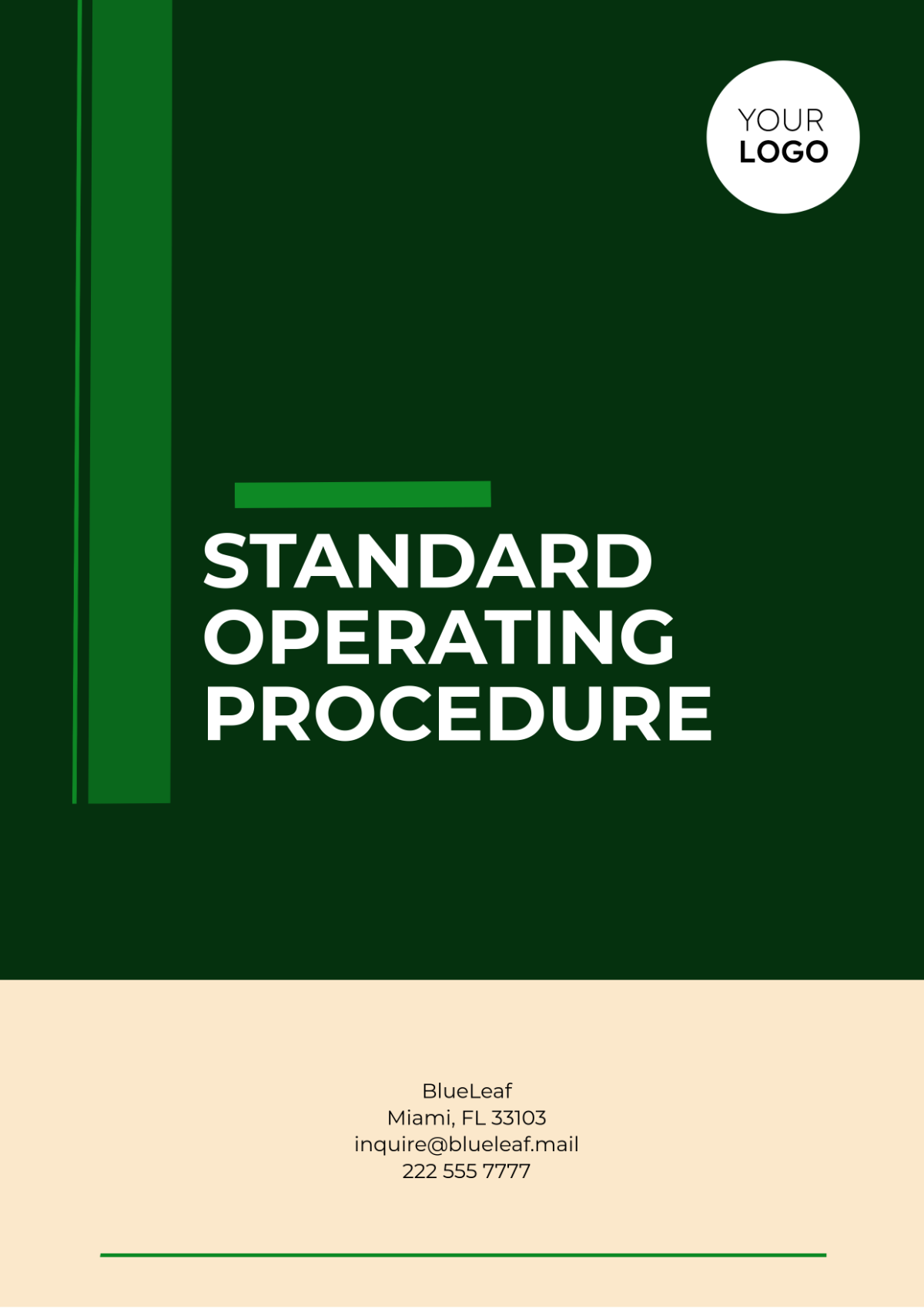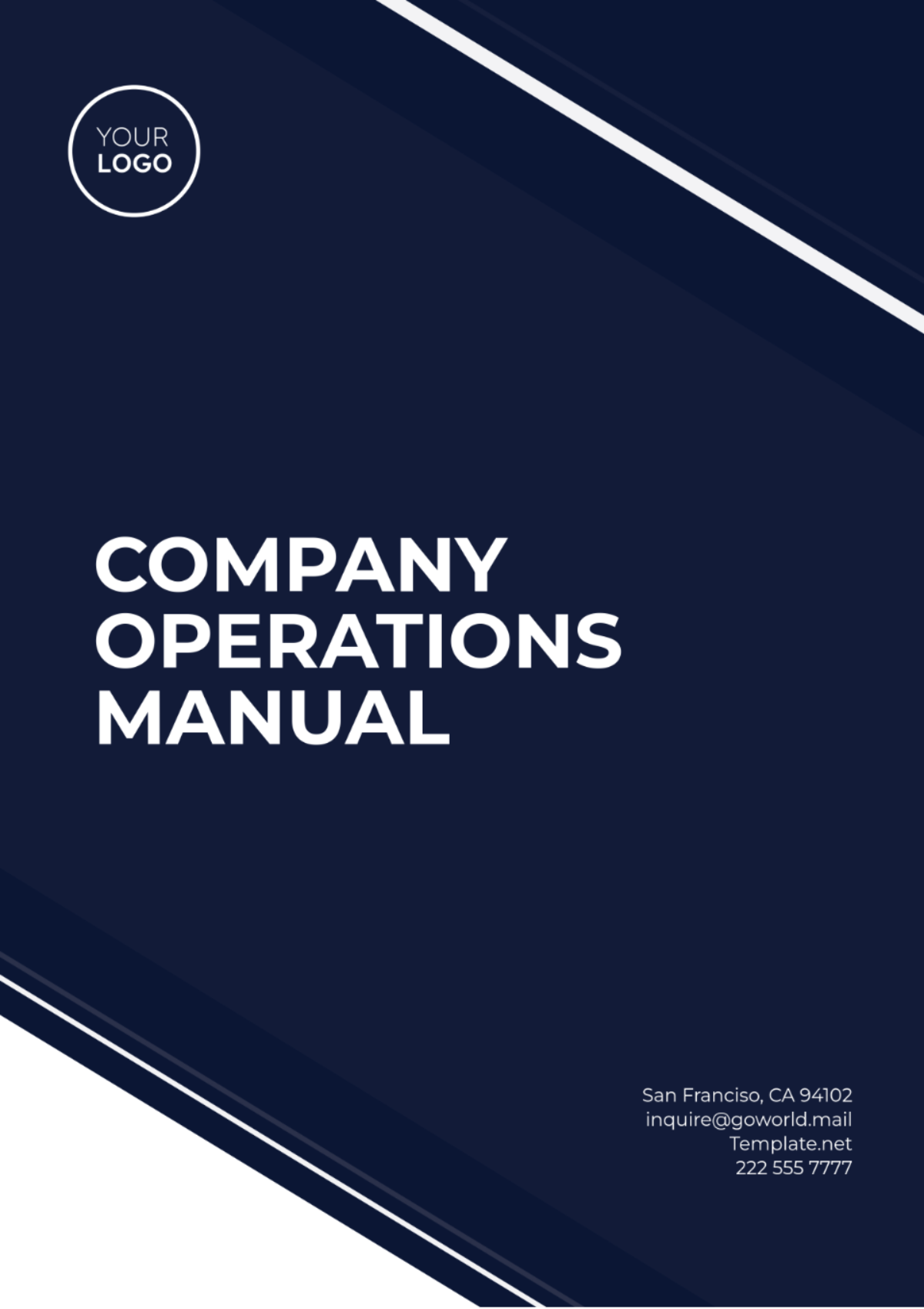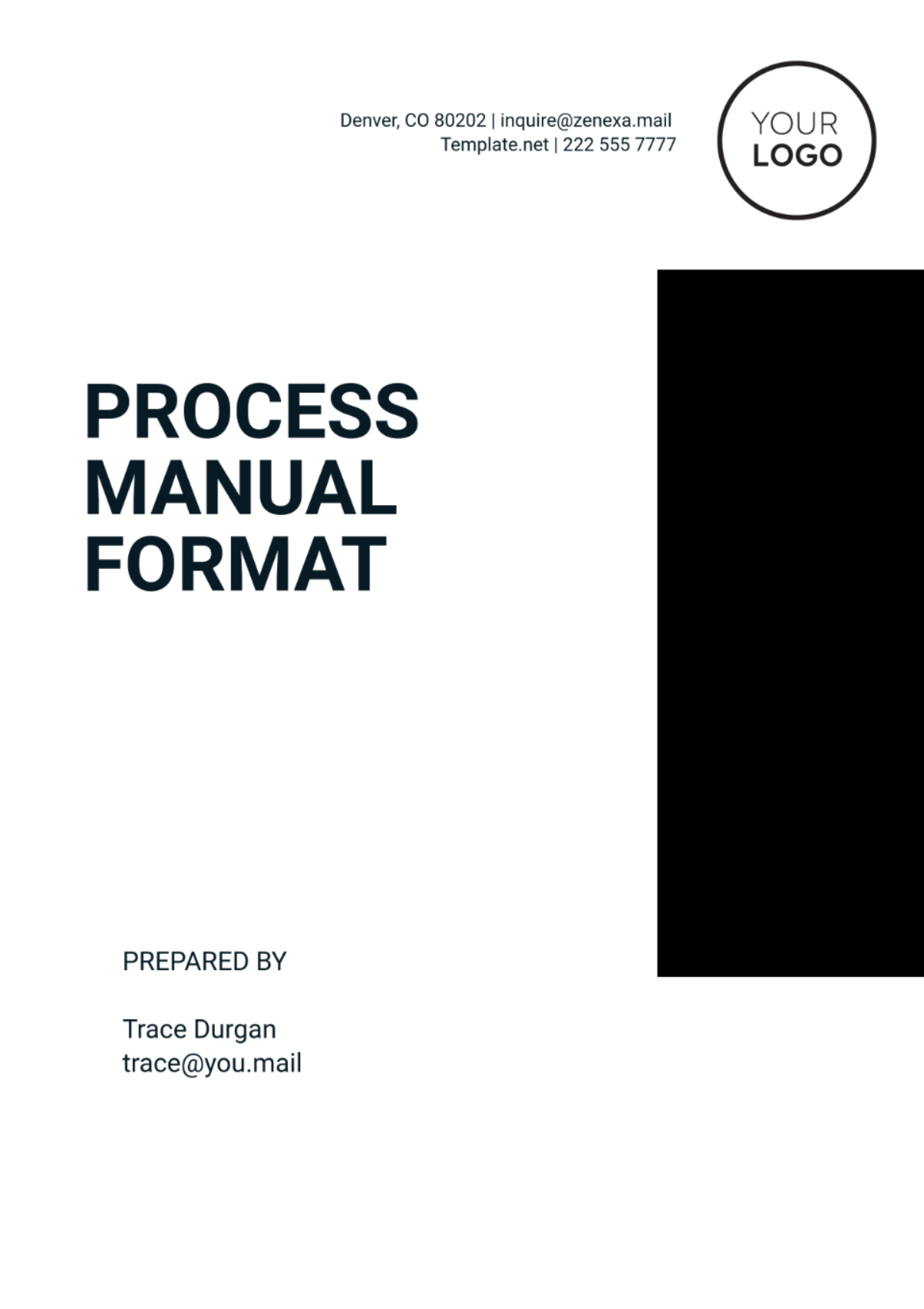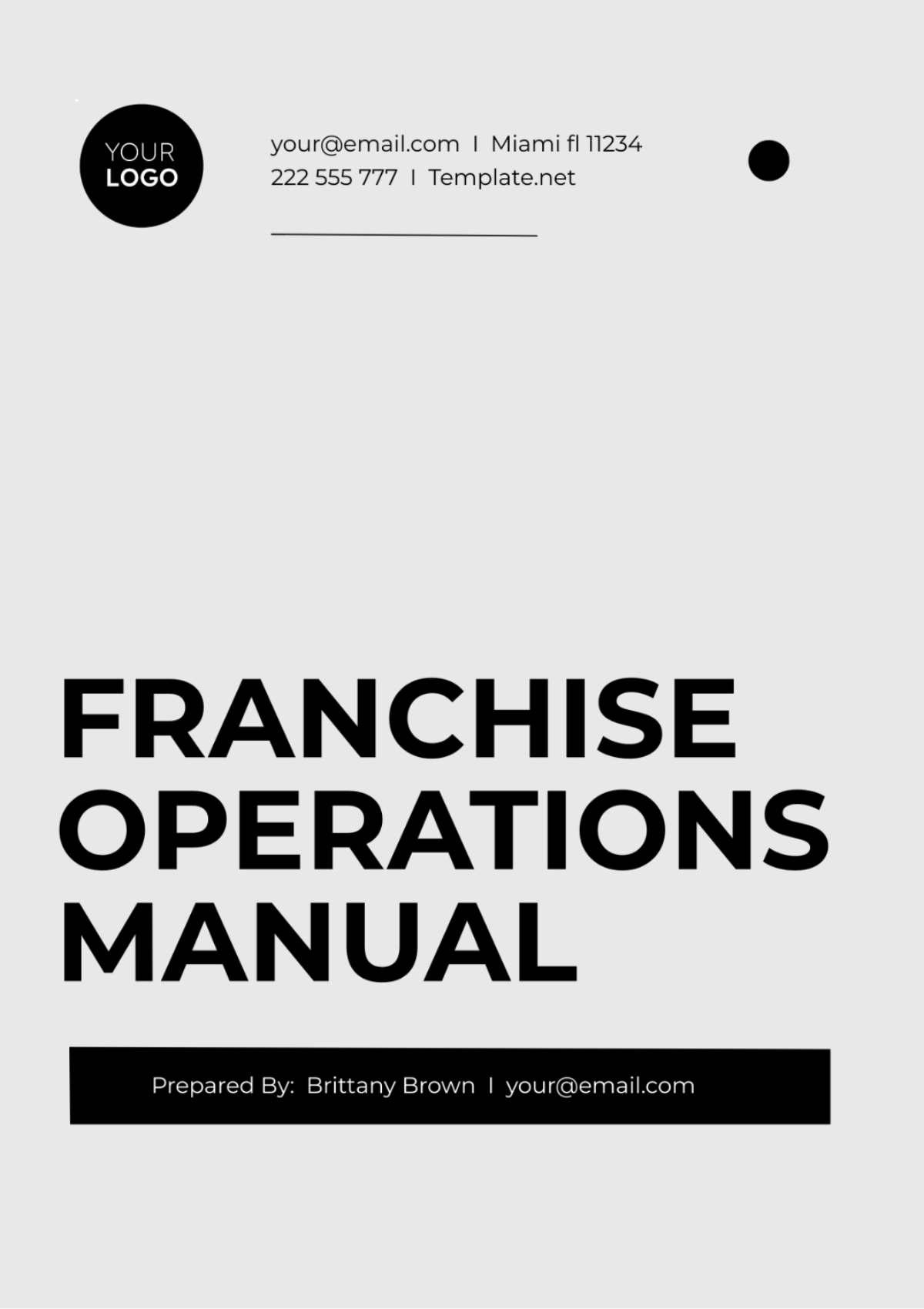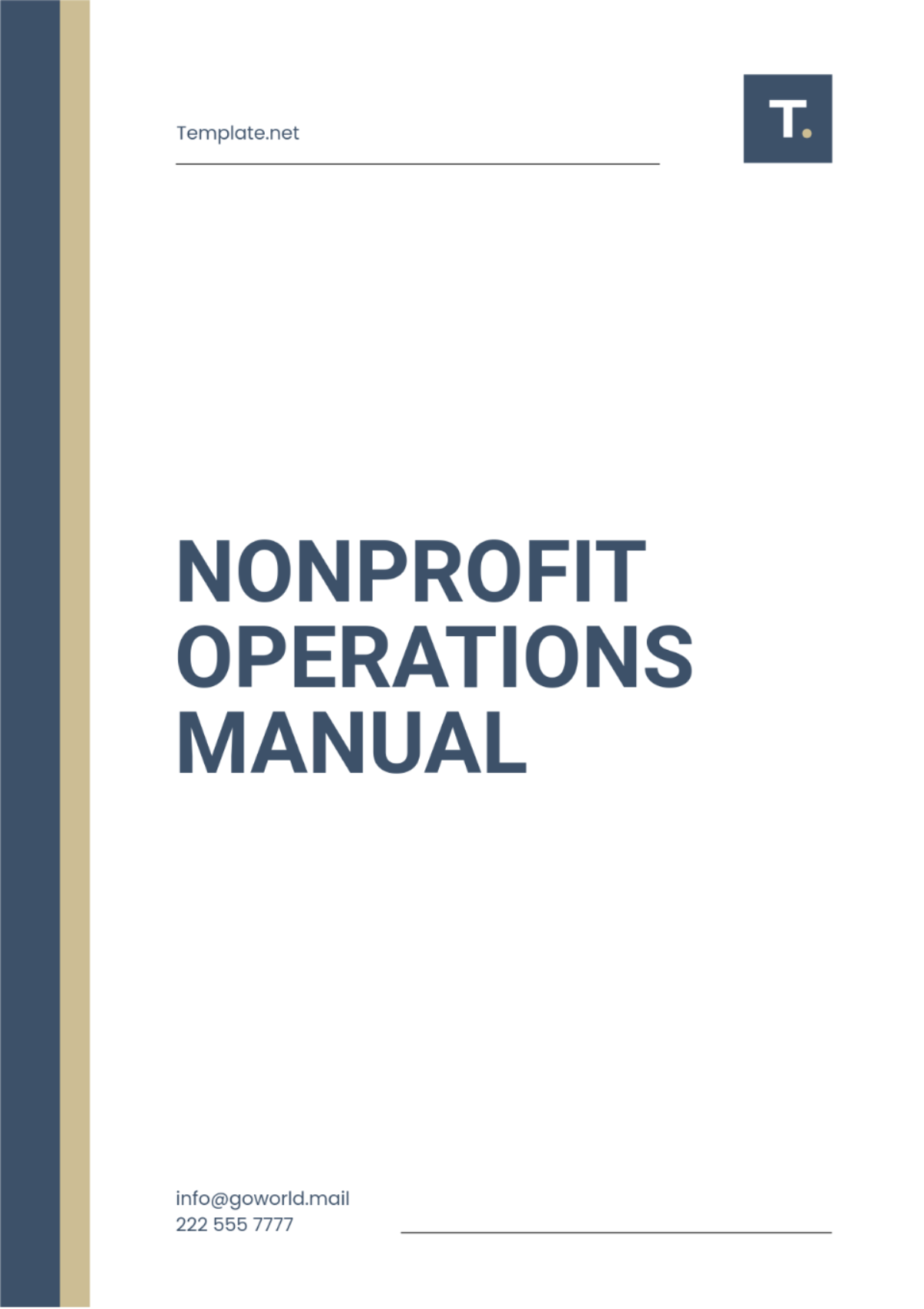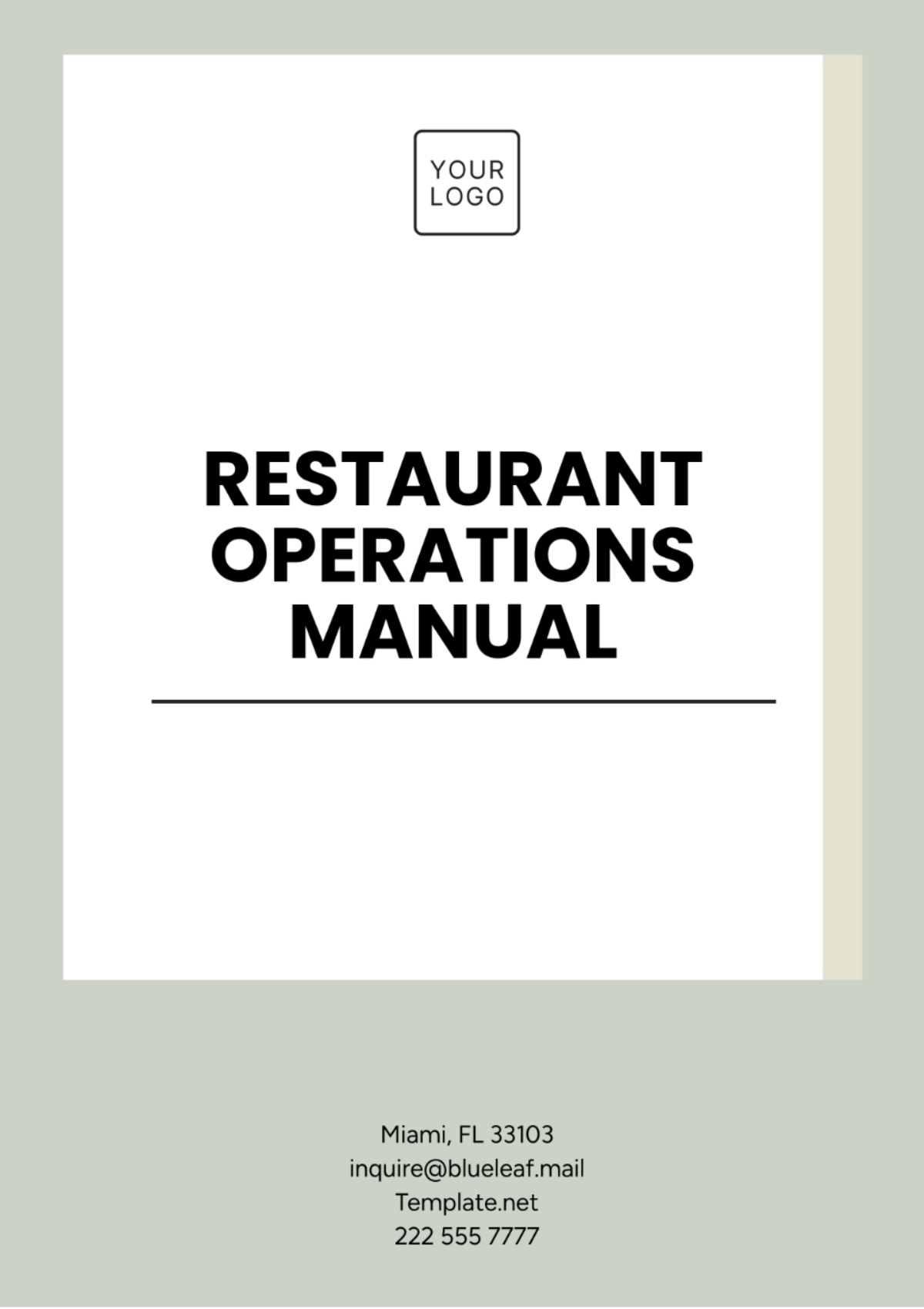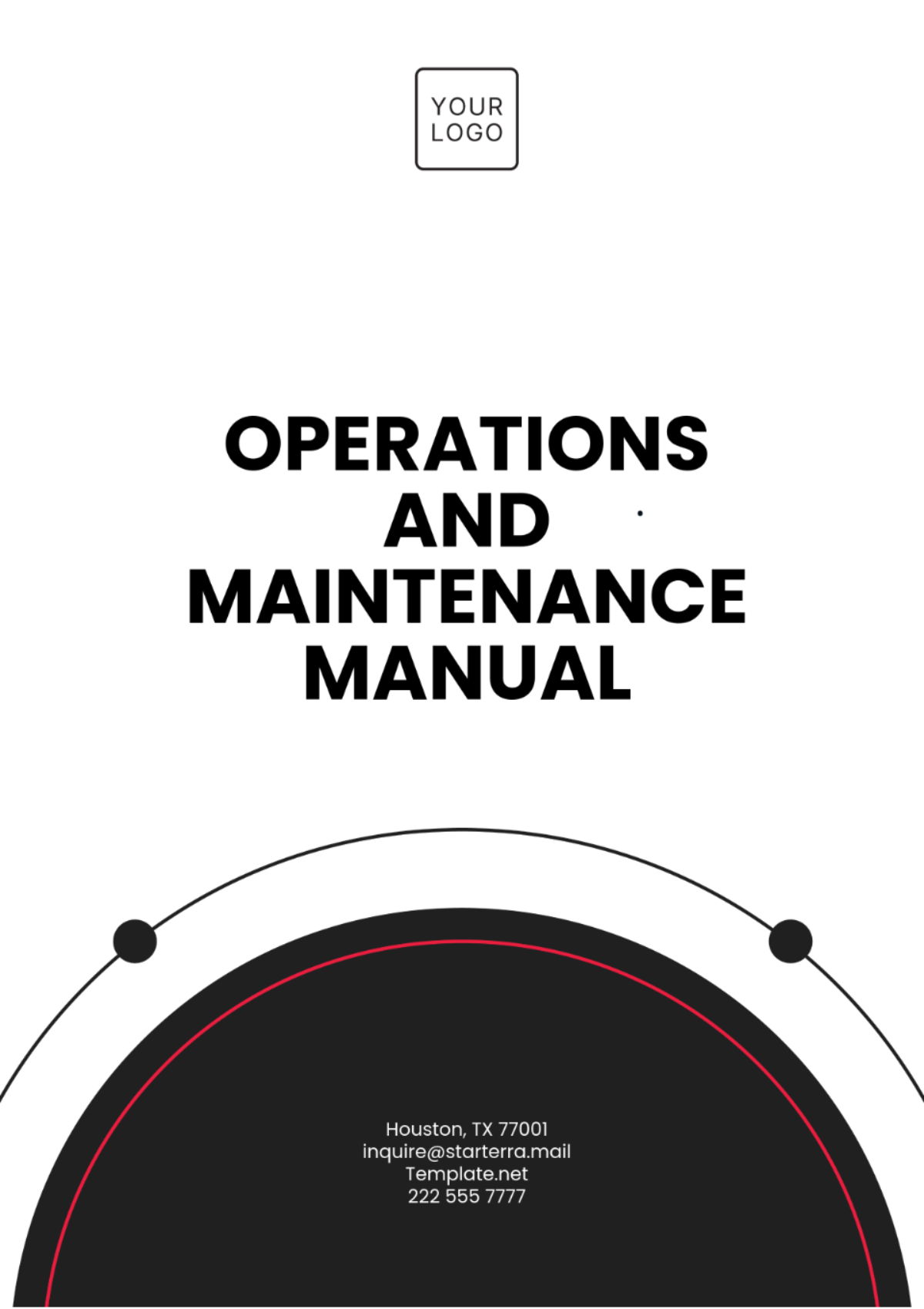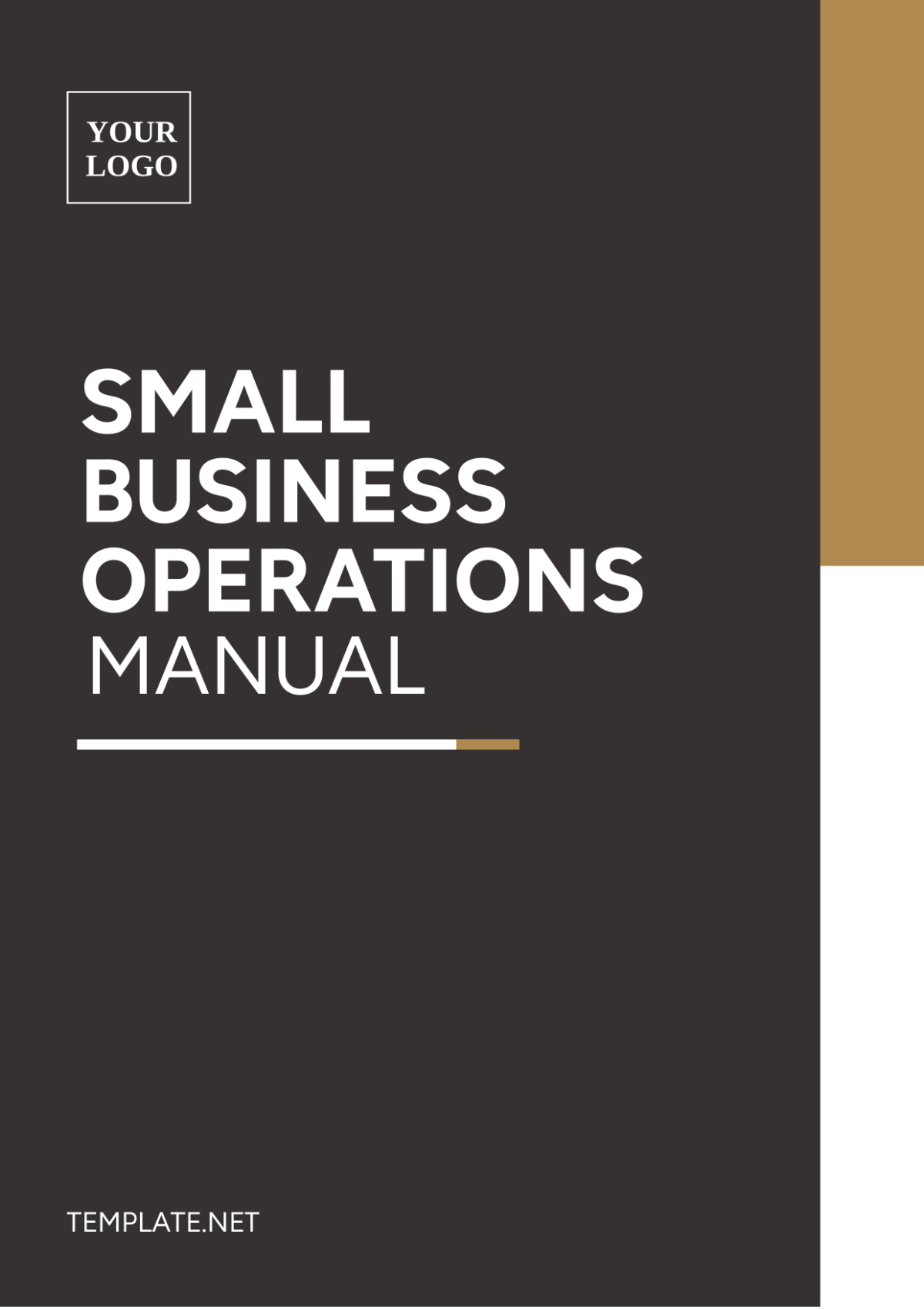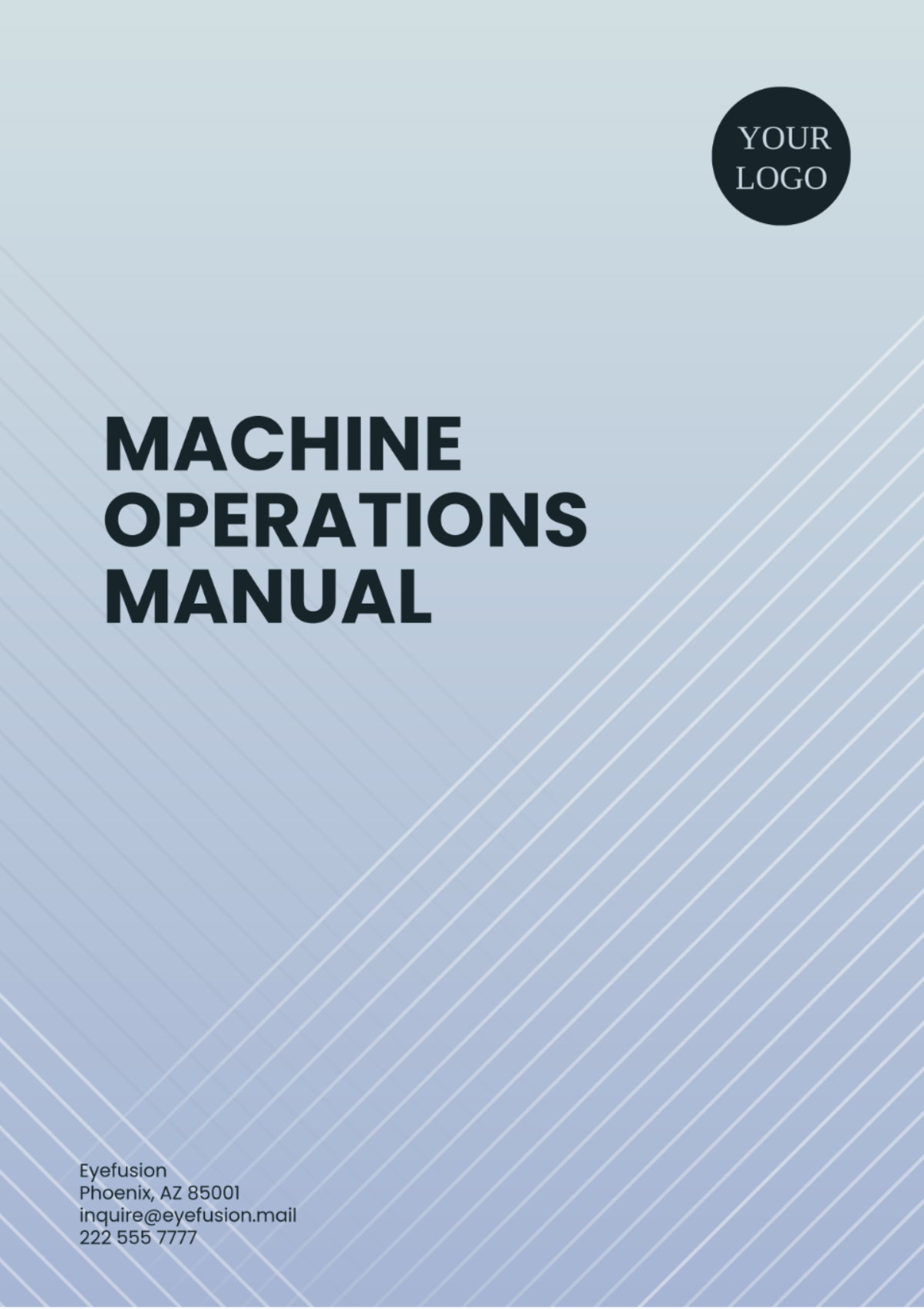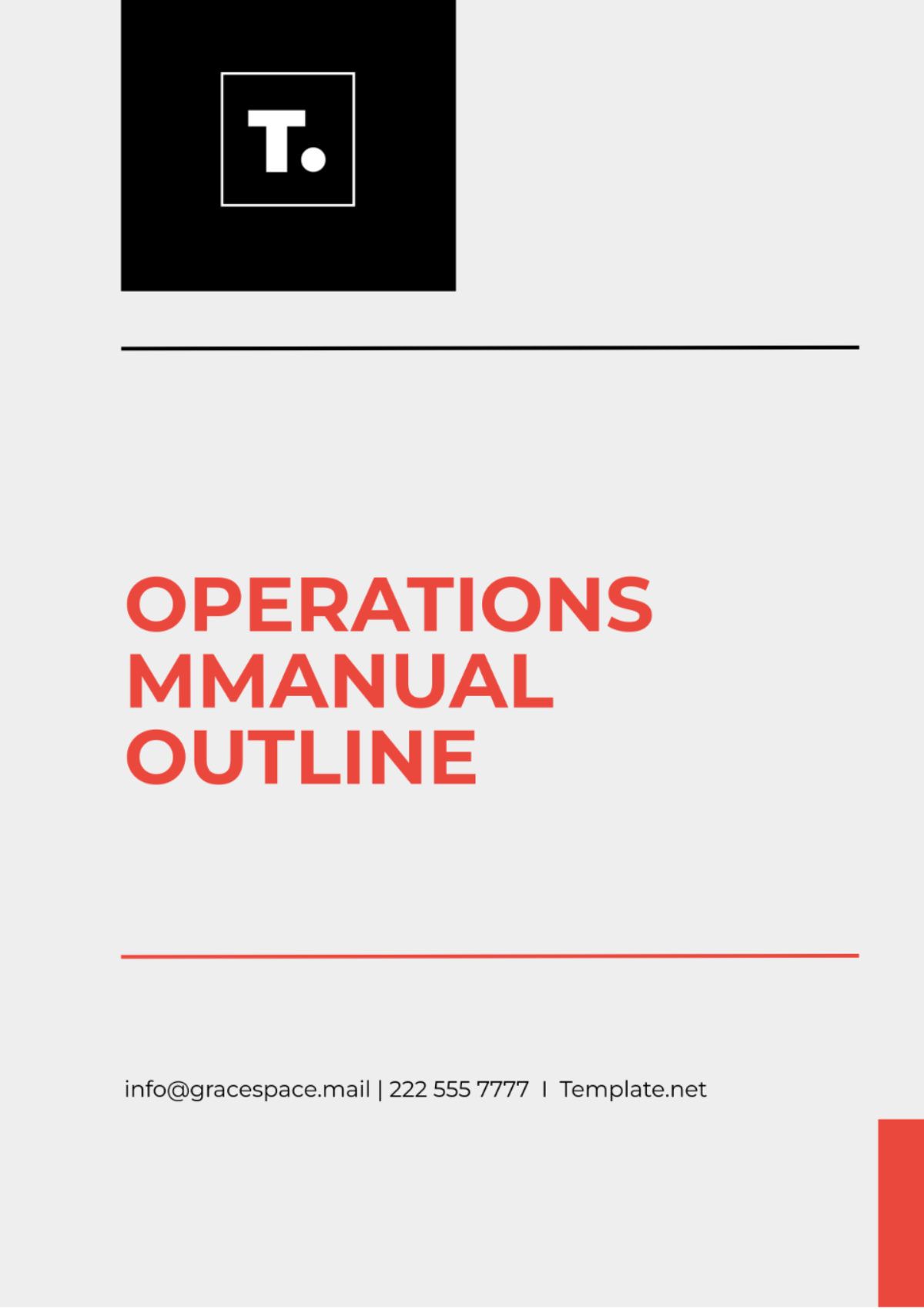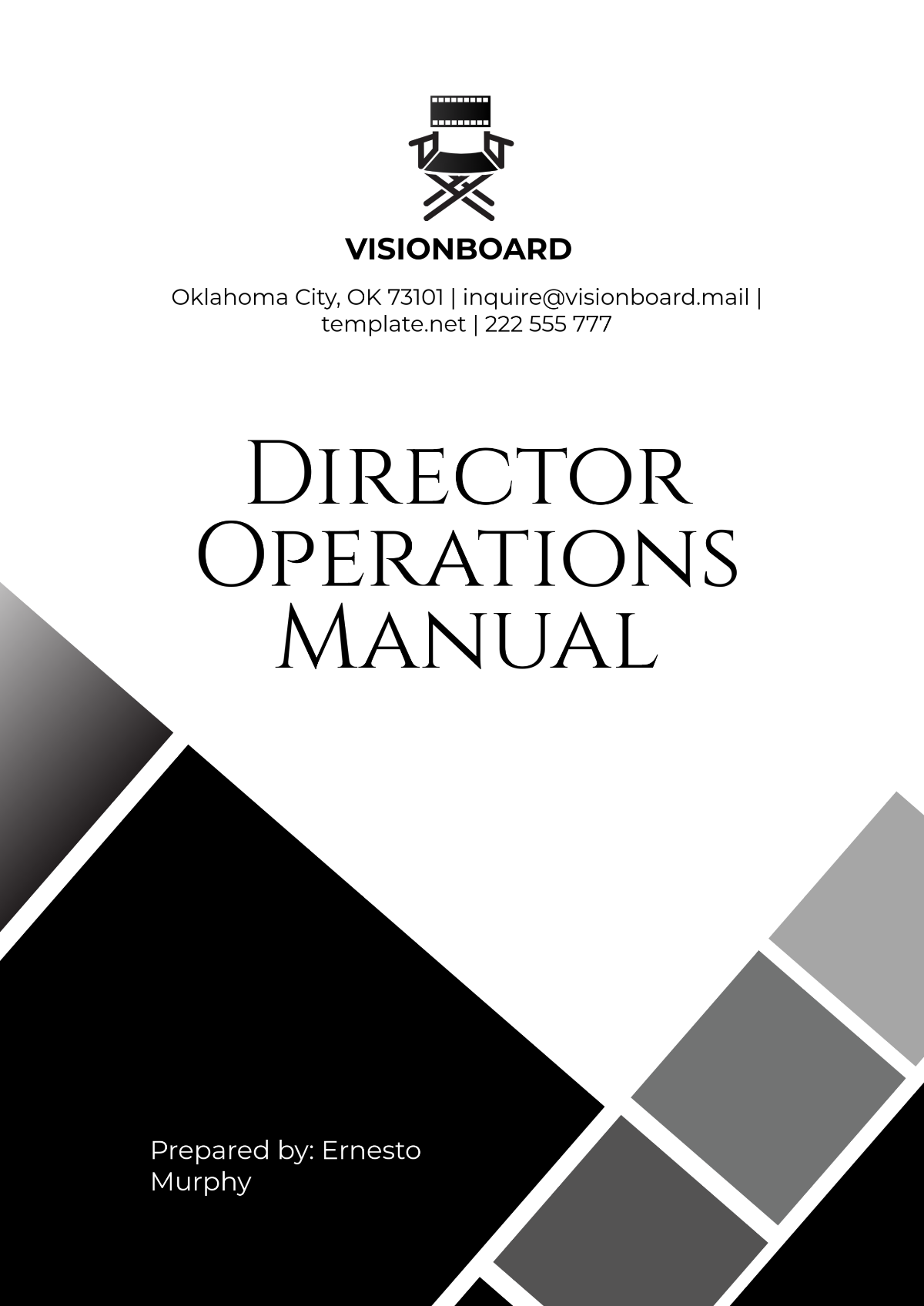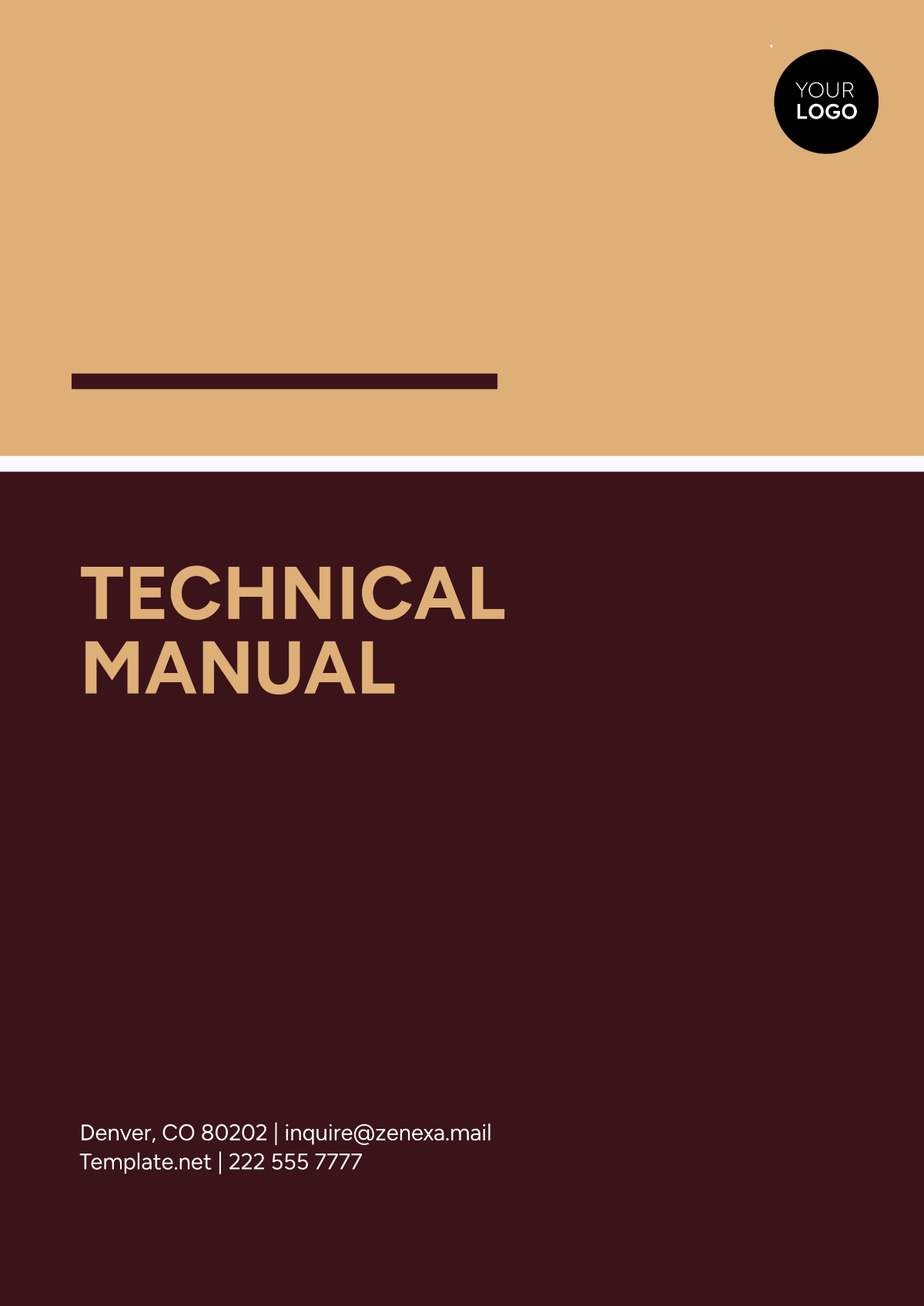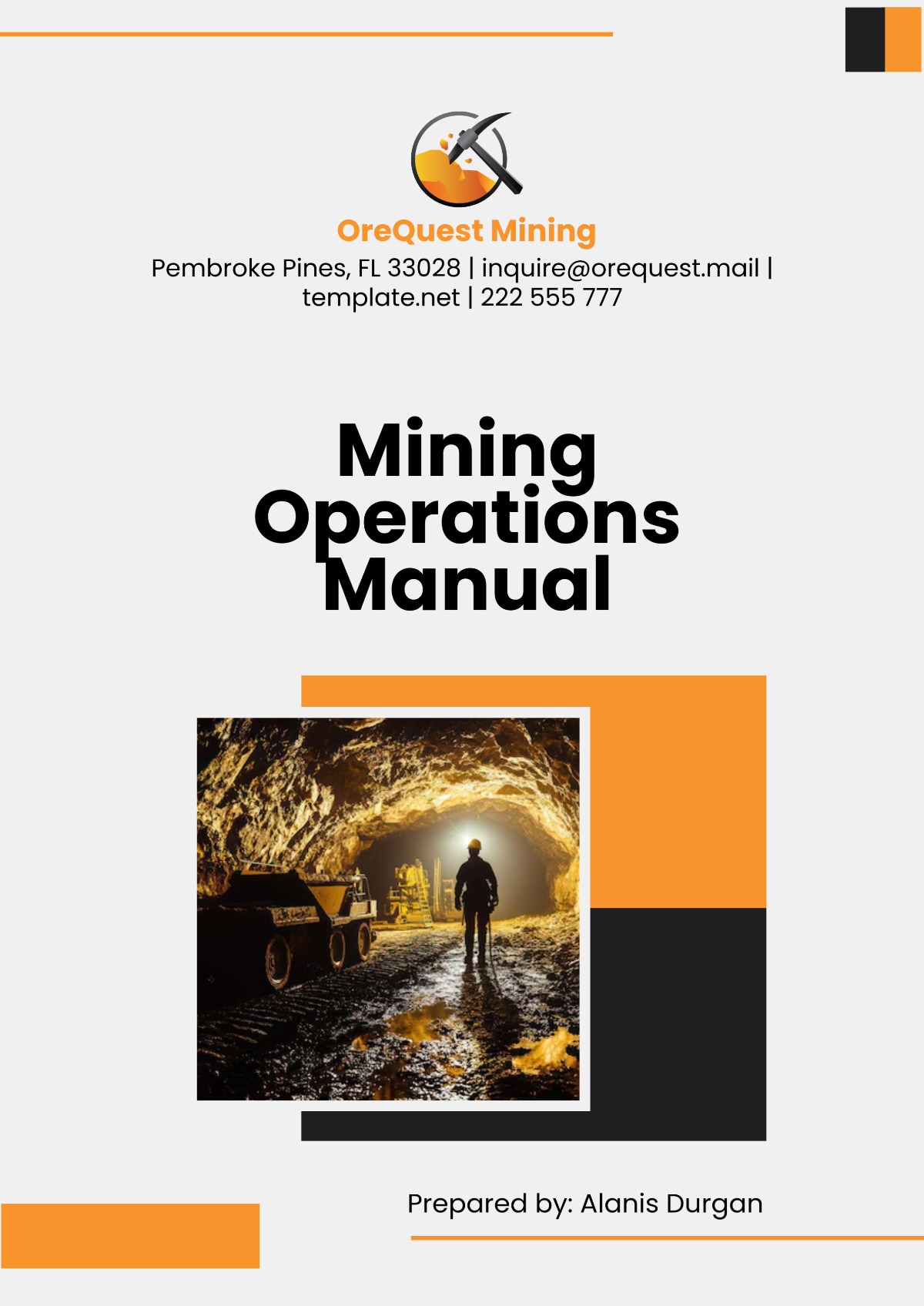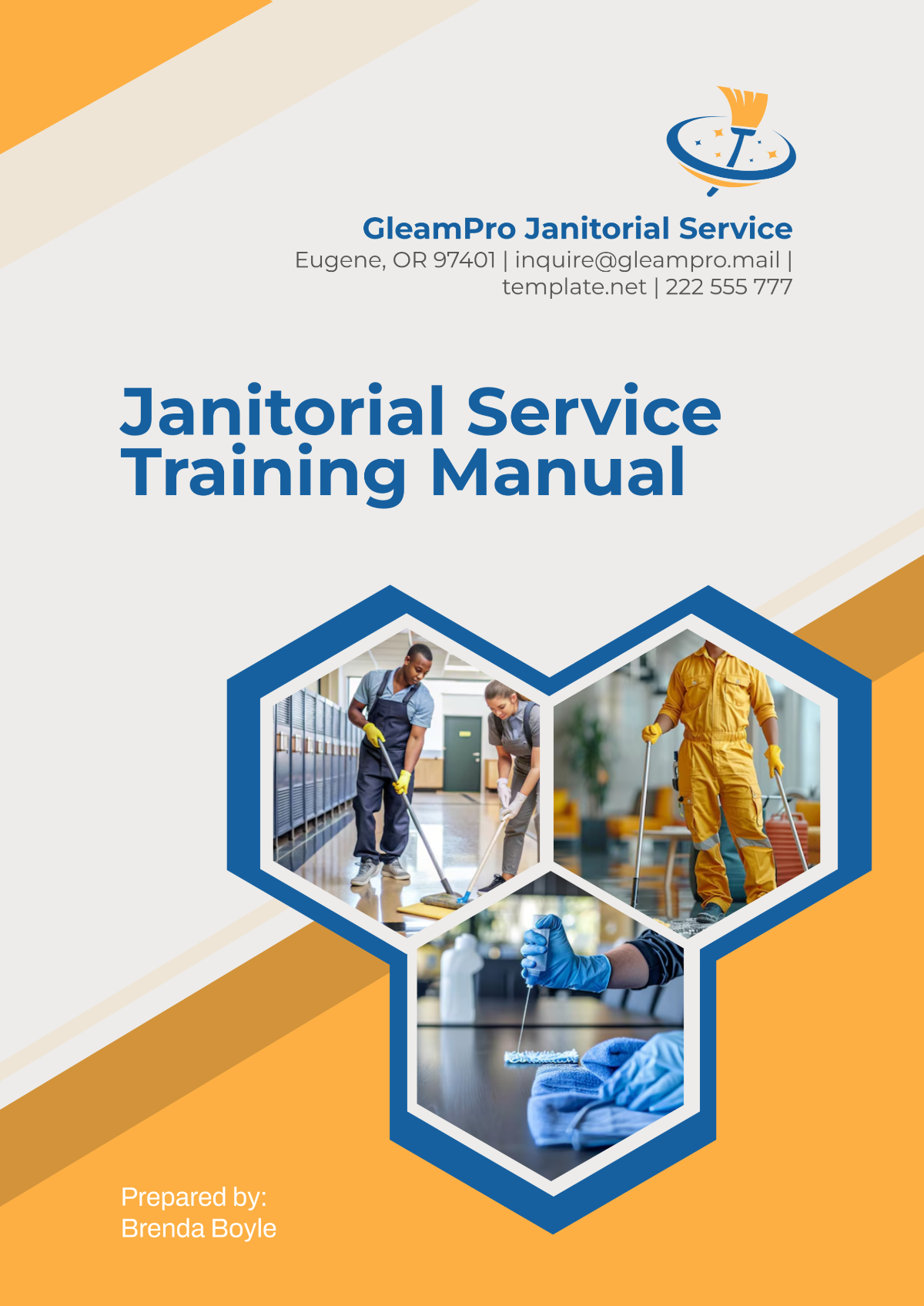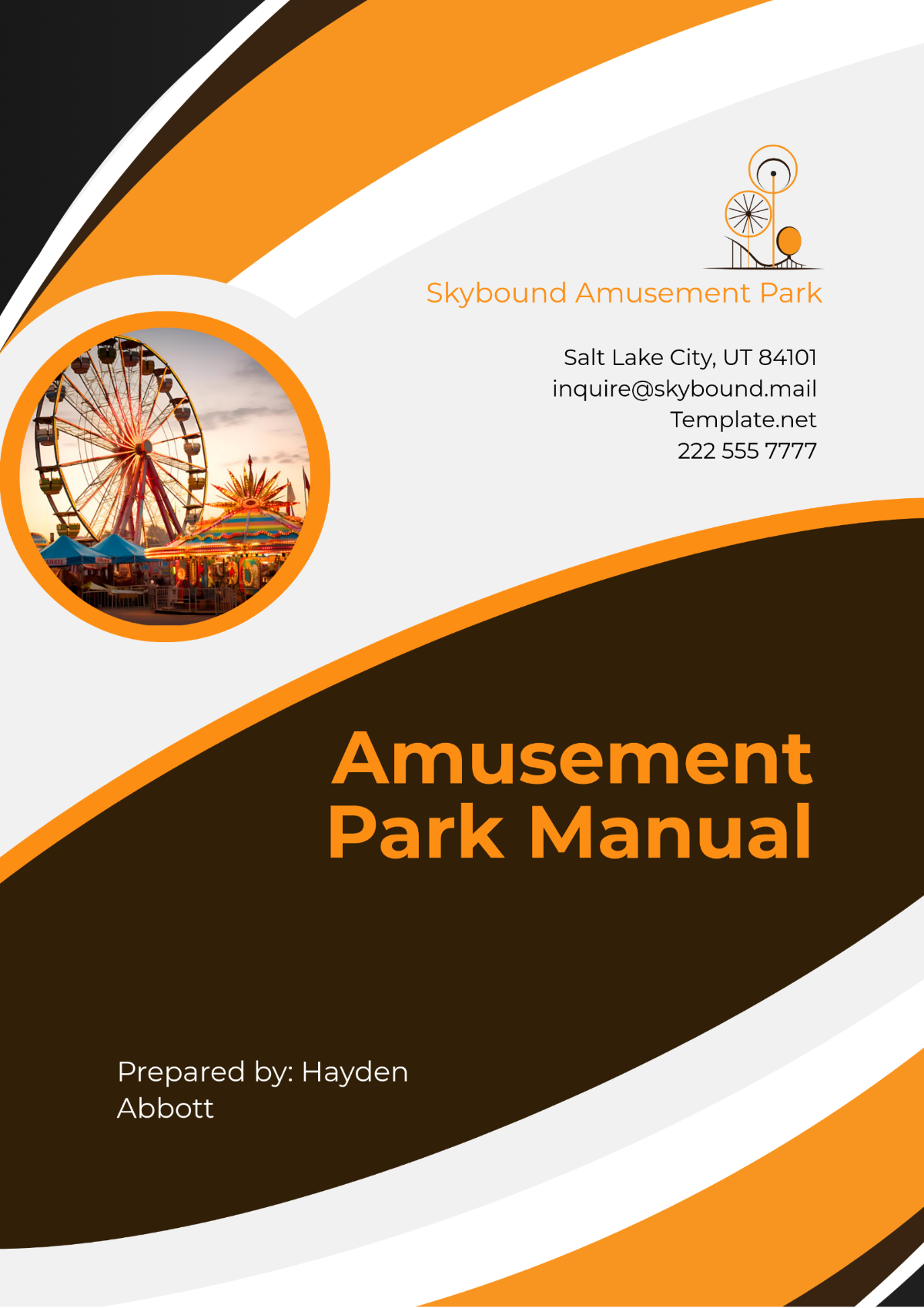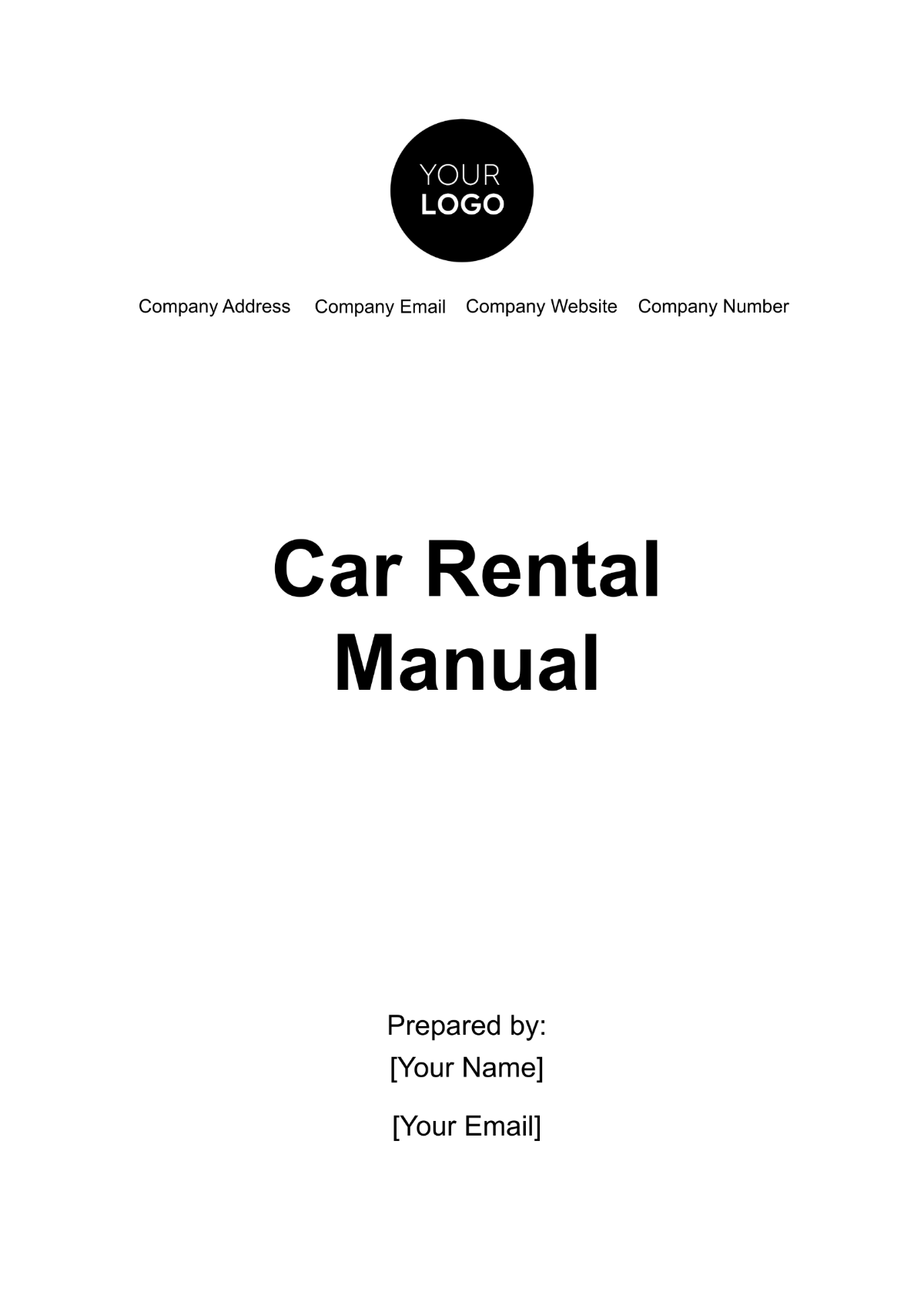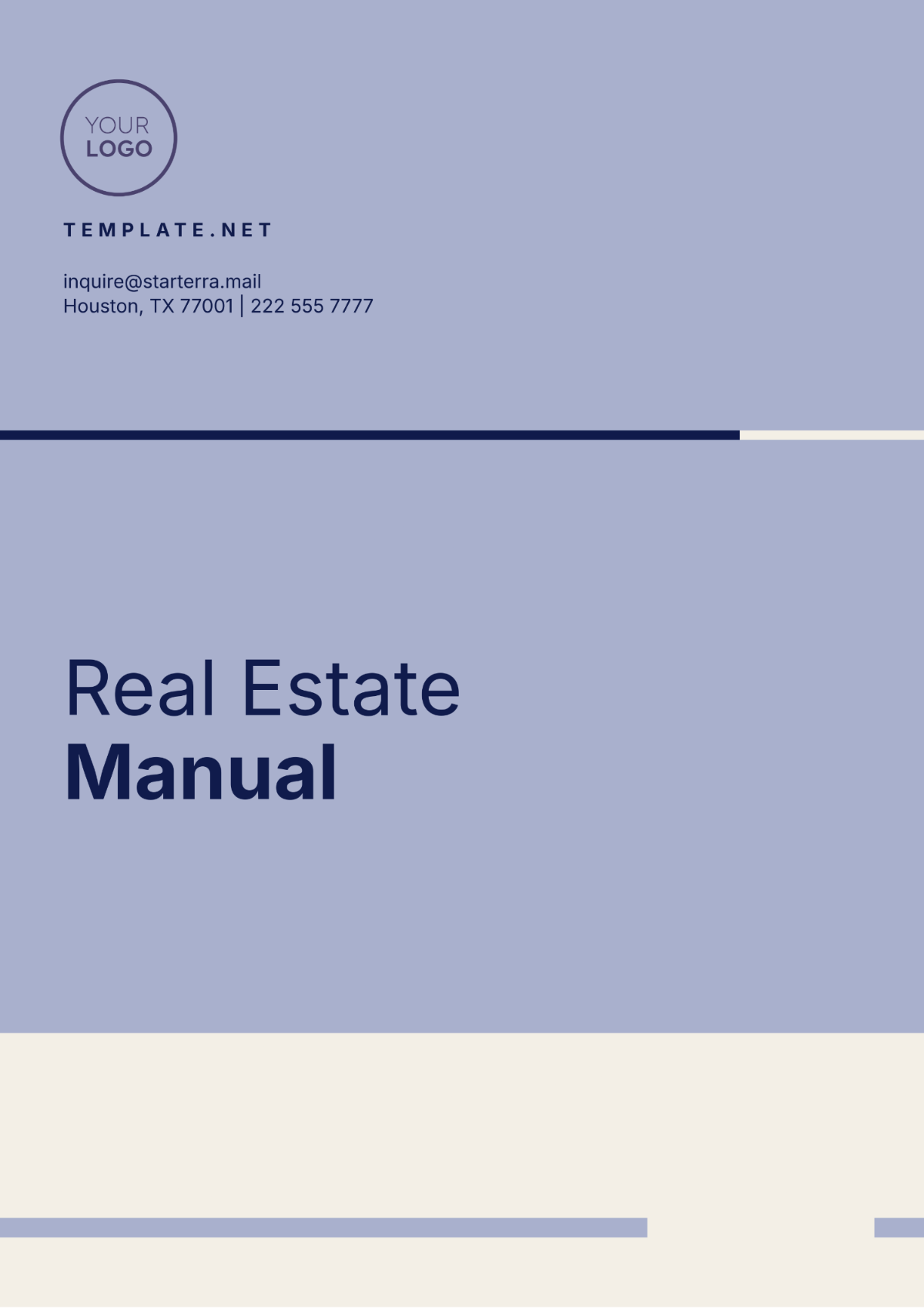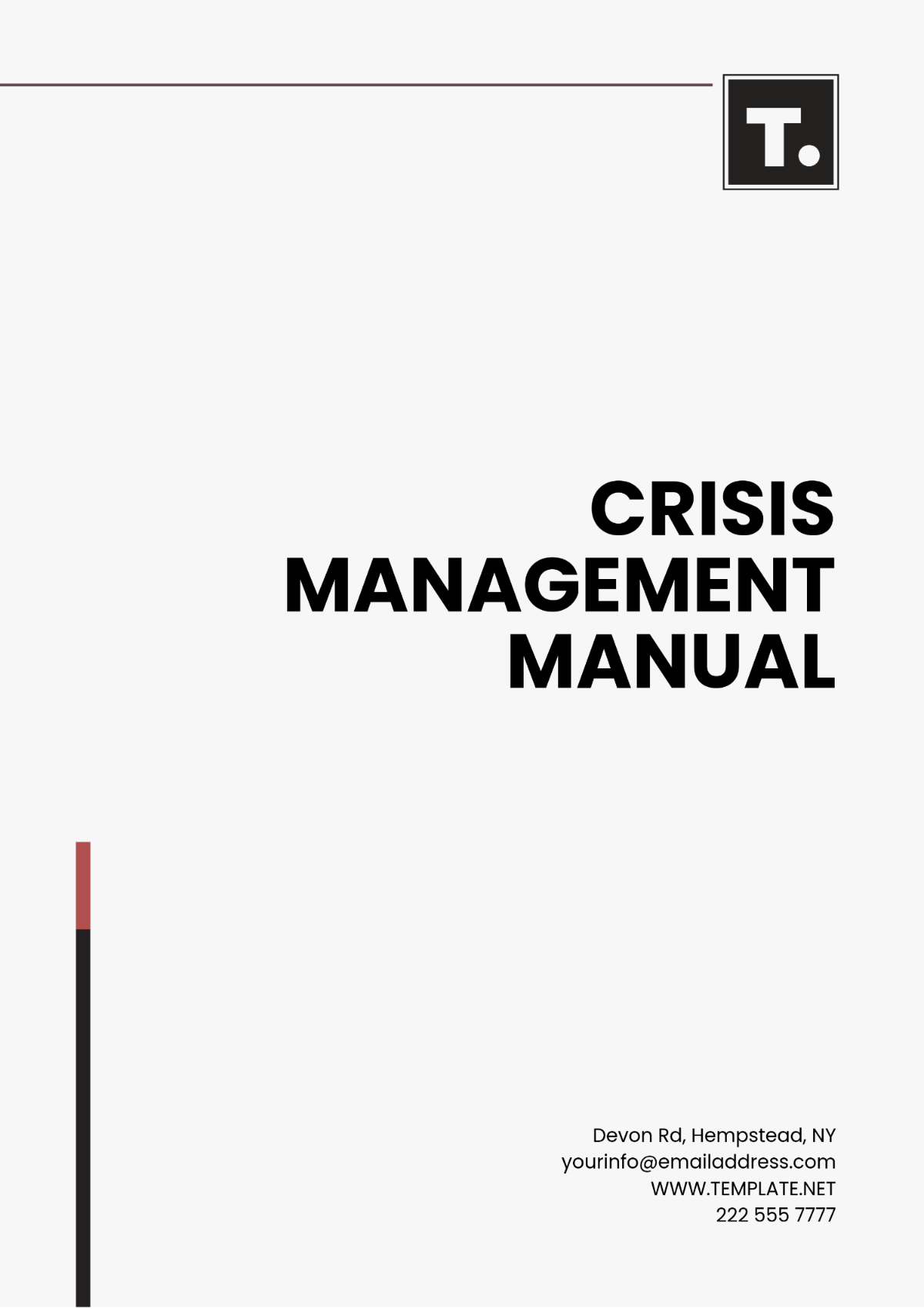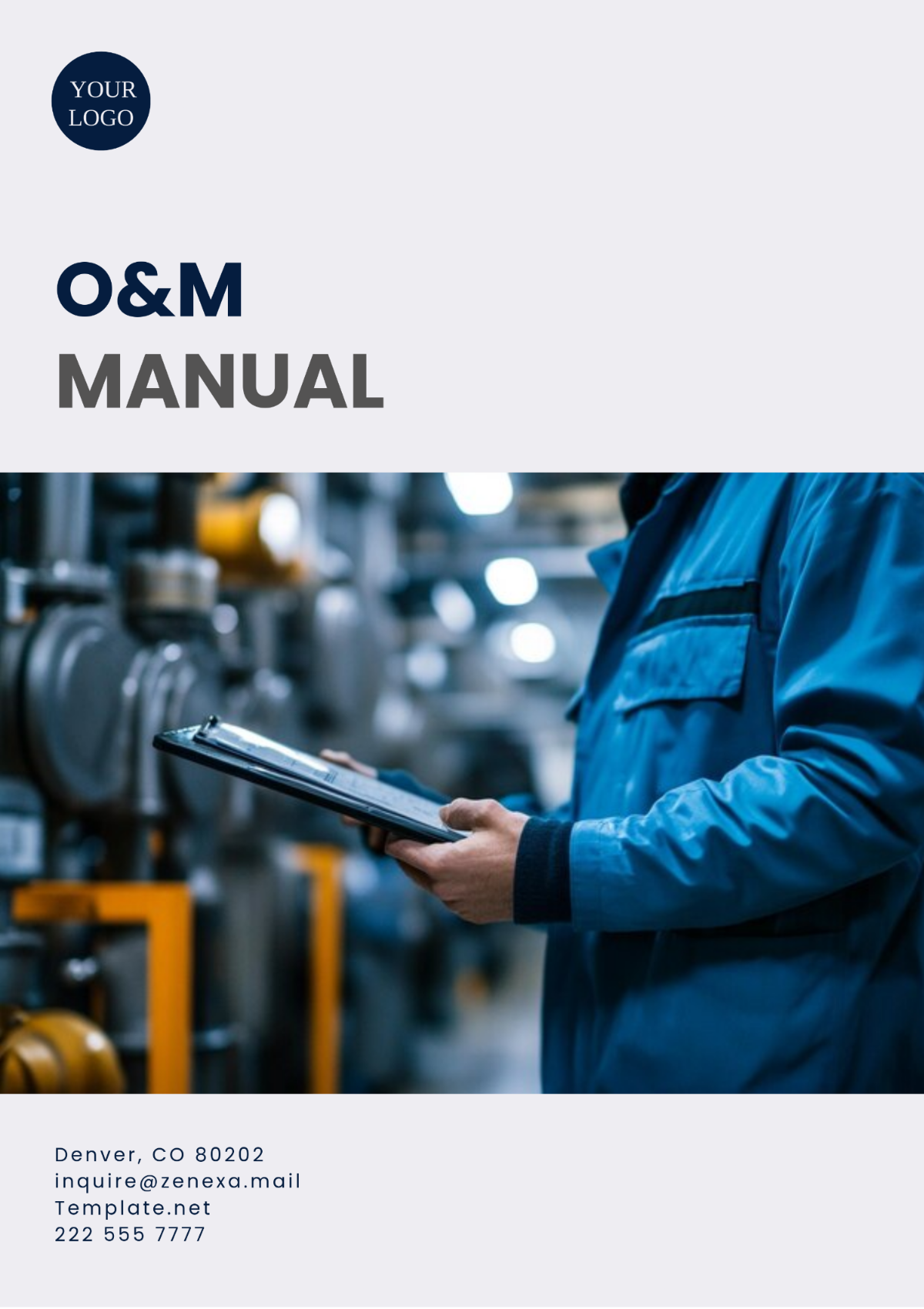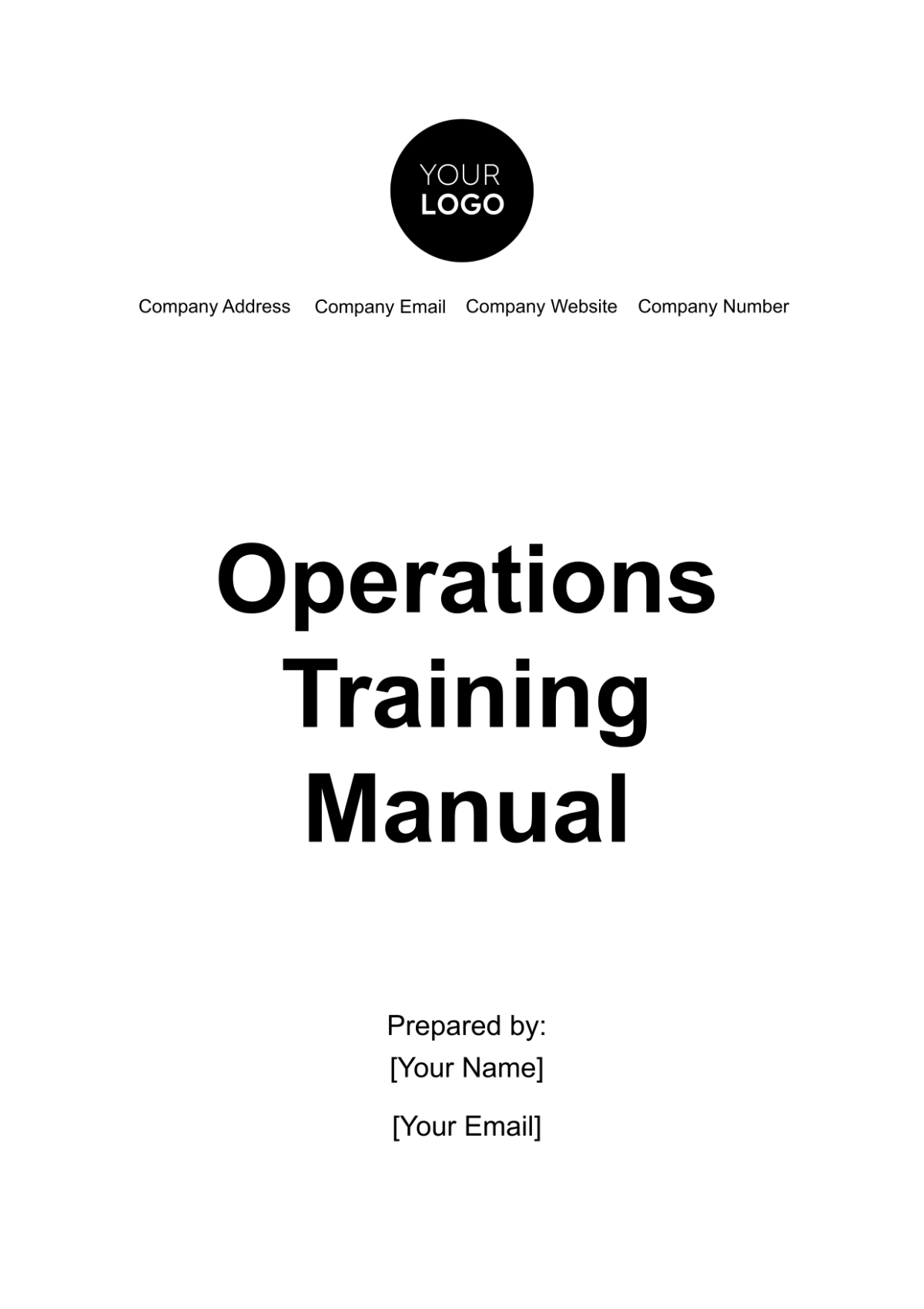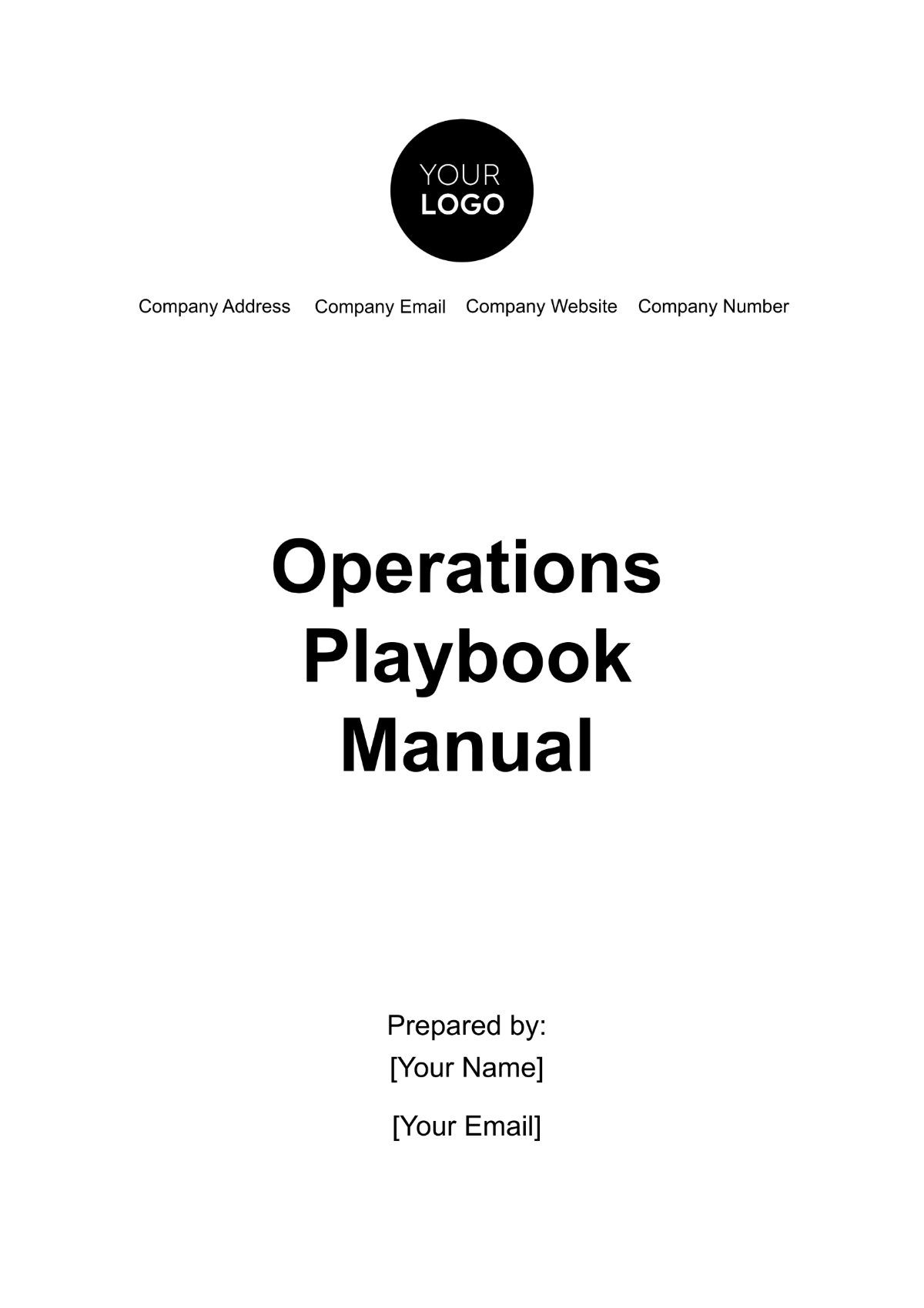Role Transition & Evolution Manual
TABLE OF CONTENTS
1. Introduction ...................................................................................................3
1.1 Purpose of the Manual .............................................................................................3
1.2 Scope ........................................................................................................................3
2. Role Transition Process .............................................................................3
2.1 Notification of Role Transition .................................................................................3
2.2 Transition Planning ..................................................................................................4
2.3 Handover and Knowledge Transfer .......................................................................5
2.4 Performance Expectations .....................................................................................6
3. Career Development Opportunities .......................................................6
3.1 Internal Job Postings ...............................................................................................6
3.2 Professional Development ......................................................................................7
3.3 Mentoring and Coaching ........................................................................................7
3.4 Performance Reviews and Feedback ....................................................................7
3.5 Employee Assistance Program (EAP) ....................................................................7
4. Resources and Support .............................................................................7
4.1 HR Support ...............................................................................................................8
4.2 Employee Resource Groups (ERGs) ......................................................................8
4.3 Work-Life Balance Initiatives ..................................................................................8
4.4 Health and Wellness Programs ..............................................................................9
4.5 Additional Resources ..............................................................................................9
5. Conclusion ..................................................................................................10
1. Introduction
1.1 Purpose of the Manual
This Role Transition & Evolution Manual is designed to provide employees and HR personnel with guidance on managing role transitions and career development within our organization. Whether you are transitioning to a new role or seeking opportunities for growth, this manual offers a comprehensive overview of the processes, resources, and support available to facilitate your career journey.
1.2 Scope
This manual covers the following key areas:
Role Transition Process: Details on how role transitions are initiated, planned, and executed, along with expectations for performance.
Career Development Opportunities: Information on internal job postings, professional development, mentoring, and feedback.
Resources and Support: A list of resources and support services available to employees to ensure a smooth transition and successful career evolution.
2. Role Transition Process
Transitioning into a new role within the organization is an important and often transformative experience for employees. It requires careful planning and execution to ensure a seamless shift. The Role Transition Process comprises several key steps designed to facilitate this transition effectively.
2.1 Notification of Role Transition
Notification is the first crucial step in the role transition process.
When a role transition is planned or required, employees will be notified promptly by their supervisors or HR personnel. This notification is a formal communication that provides essential details related to the transition, ensuring that employees are well-informed and prepared for the upcoming change.
Notification Details:
Effective Date: The notification will specify the exact date when the transition will take place. This date is critical for employees to prepare mentally and logistically for the change.
New Role: Employees will be informed about the details of their new role, including the job title, department, and any changes to their reporting structure.
Reason for Transition: If applicable, the notification may include the reasons behind the transition, such as organizational restructuring, performance improvement, or career advancement.
Additional Information: Any additional information relevant to the transition, such as changes in work location, working hours, or team members, will be communicated clearly.
2.2 Transition Planning
Effective transition planning is the foundation for a successful role transition.
To ensure a smooth and productive shift into the new role, the following steps will be taken:
Step 1: Role Analysis
A thorough analysis of both the employee's current role and the new role will be conducted. This analysis aims to identify skill gaps and training needs, ensuring that employees are adequately prepared for their new responsibilities.
Skill Gap Identification: By comparing the skills and competencies required for the new role with the employee's current skill set, any gaps can be identified.
Training Needs Assessment: Based on the skill gap analysis, specific training needs will be pinpointed to equip employees with the knowledge and skills required for their new role.
Step 2: Individual Development Plan (IDP)
Employees will collaborate closely with their supervisors to create an Individual Development Plan (IDP). The IDP is a personalized roadmap outlining the training and development activities necessary to bridge skill gaps and ensure a successful transition.
Setting Goals: The IDP will include clear and measurable goals related to skill development and role transition progress.
Training and Learning Opportunities: It will outline the specific training programs, courses, workshops, or on-the-job experiences that employees will participate in to acquire the necessary skills and knowledge.
Timeline: The IDP will specify timelines for each development activity, allowing for efficient planning and tracking of progress.
Step 3: Training and Development
Employees will actively engage in the training and development activities outlined in their IDPs. These activities are designed to empower them with the skills, knowledge, and confidence needed for their new role.
Access to Resources: Employees will have access to resources such as training materials, online courses, workshops, and experienced trainers to support their learning journey.
Feedback and Support: Throughout the training and development process, employees can expect ongoing feedback and support from their supervisors and mentors, helping them overcome challenges and build expertise.
2.3 Handover and Knowledge Transfer
Effective knowledge transfer is vital for a smooth role transition.
To ensure a seamless shift and minimize disruption, employees will work closely with their predecessors (in the case of role successors) or successors (in the case of role predecessors) to facilitate the handover of responsibilities and knowledge transfer. This may involve the following actions:
Documenting Processes and Procedures: Detailed documentation of job processes, standard operating procedures (SOPs), and best practices will be created or updated. This documentation serves as a valuable reference for the incoming and outgoing employees.
Sharing Critical Information: Critical information related to ongoing projects, client relationships, key stakeholders, and any outstanding tasks will be shared to ensure continuity.
Providing Training: In some cases, employees may need to provide training or guidance to their colleagues, particularly when specialized skills or knowledge are involved. This ensures that the team is adequately prepared to handle responsibilities during the transition.
2.4 Performance Expectations
Clear performance expectations are fundamental to success in the new role.
As employees transition into their new roles, clear and well-defined performance expectations will be established. These expectations are essential for ensuring that employees understand what is expected of them and can align their efforts with the organization's objectives. The performance expectations process includes:
Regular Performance Discussions: Supervisors will engage in regular performance discussions with employees to review progress, provide feedback, and address any concerns. These discussions are opportunities for employees to seek clarification and guidance on their roles.
Feedback Sessions: Constructive feedback sessions will be conducted to provide employees with insights into their performance, strengths, areas for improvement, and opportunities for growth.
Performance Metrics and Goals: Specific performance metrics and goals will be set in alignment with the organization's strategic objectives. These metrics may include key performance indicators (KPIs) that measure progress and success in the new role.
Alignment with Organizational Objectives: The performance expectations will be closely aligned with the broader objectives of the organization, ensuring that individual efforts contribute to the overall success of the company.
Career Development Opportunities
Career Development Opportunities within our organization empower employees to advance their skills, knowledge, and professional growth. Through internal job postings, mentoring, training programs, and ongoing feedback, we support individuals in achieving their career aspirations and contributing to the success of our company
3.1 Internal Job Postings
Our organization encourages internal mobility and career growth. Employees will have access to internal job postings to explore new opportunities within the company. These postings will include job descriptions, qualifications, and application instructions.
3.2 Professional Development
We are committed to fostering the professional development of our employees. Opportunities for professional growth include:
Workshops and seminars.
Online courses and certifications.
Conferences and industry events.
3.3 Mentoring and Coaching
Mentoring and coaching programs are available to help employees navigate their career paths. Experienced mentors provide guidance and support, helping individuals reach their career goals.
3.4 Performance Reviews and Feedback
Regular performance reviews will provide employees with valuable feedback on their progress and areas for improvement. These reviews serve as a platform to discuss career aspirations and development opportunities.
3.5 Employee Assistance Program (EAP)
Our Employee Assistance Program offers confidential counseling and support to employees facing personal or professional challenges. We understand that a balanced and healthy personal life is essential for career development.
4. Resources and Support
In our commitment to fostering a supportive and enriching work environment, we offer a range of resources and support services to ensure that employees have access to the assistance and tools they need to thrive in their careers and personal lives.
4.1 HR Support
Our HR department is your partner throughout your career journey.
Our dedicated HR professionals are readily available to assist employees at every stage of their careers. Whether you have questions about role transitions, career development, or any HR-related inquiries, our HR team is here to provide guidance and support. We understand that navigating the complexities of a career can be challenging, and we are here to ensure that you have the resources and information necessary to make informed decisions and reach your professional goals.
4.2 Employee Resource Groups (ERGs)
Join Employee Resource Groups (ERGs) to connect, learn, and grow.
We encourage employees to participate in our Employee Resource Groups (ERGs) that align with their interests, backgrounds, or career aspirations. ERGs offer a unique opportunity to connect with colleagues who share similar interests and goals, fostering a sense of community within our organization. These groups provide networking opportunities, support for personal and professional growth, and a platform to engage in initiatives that matter most to you. Whether you are interested in diversity and inclusion, career advancement, or other specific areas, ERGs are a valuable resource for building relationships and enhancing your career experience.
4.3 Work-Life Balance Initiatives
We prioritize your well-being and work-life balance.
At our organization, we recognize the importance of maintaining a healthy work-life balance. We offer a range of initiatives designed to support your well-being and ensure you can perform at your best both professionally and personally. These initiatives include:
Flexible Work Arrangements: We understand that life can be unpredictable. Our flexible work arrangements allow you to adapt your work schedule to better suit your needs, ensuring that you can manage both your professional responsibilities and personal commitments effectively.
Wellness Programs: Our wellness programs focus on promoting physical and mental health. From stress management workshops to mindfulness sessions, we provide resources to help you maintain a healthy work-life balance.
Employee Benefits: We offer a comprehensive benefits package that includes health insurance, retirement plans, and other perks designed to support your financial and overall well-being.
4.4 Health and Wellness Programs
Investing in your physical and mental well-being.
We are dedicated to ensuring that our employees are physically and mentally fit to excel in their roles. Our health and wellness programs encompass a variety of initiatives, including:
Gym Memberships: Access to fitness facilities and gym memberships to help you stay active and maintain a healthy lifestyle.
Wellness Workshops: Regular wellness workshops and seminars covering topics such as nutrition, stress management, and work-life balance.
Health Screenings: Health screenings and preventive measures to help you monitor and improve your overall health.
4.5 Additional Resources
Access to a wealth of information and tools.
In addition to the specific resources mentioned above, our HR portal serves as a central hub for additional information and tools to support your career development and well-being. Here, you can find:
Online Career Tools: Access to a variety of online career assessment tools, resume builders, and skill development resources to help you plan and achieve your career goals.
Reference Materials: Detailed reference materials and guides covering HR policies, procedures, and best practices, ensuring that you have easy access to essential information.
Company Policies: An extensive collection of company policies and guidelines that outline our commitment to fairness, diversity, inclusion, and ethical conduct.
Our goal is to provide you with the comprehensive support you need to thrive in your career and personal life. We encourage you to explore these resources and reach out to our HR department whenever you require assistance or guidance. Your success and well-being are important to us, and we are here to help you every step of the way.
5. Conclusion
This Role Transition & Evolution Manual serves as a comprehensive resource for employees looking to navigate role transitions and advance their careers within our organization. We are committed to supporting your professional growth and development. If you have any questions or require further assistance, please do not hesitate to reach out to the HR department.
Remember, your success is our success, and we look forward to assisting you in achieving your career goals.
